The Essential Gear and Knowledge That You Need to Prepare for Mishaps in the OutbackAs we’ve mentioned in previous blogs, one of the main reasons that we started our HCS website back in 2016 was to share the knowledge that we had acquired during our many years of Hiking, Camping and Shooting. So we’re always gratified when someone reaches out to us to say that they found our gear evaluation criteria, product information, blogs, adventure photos, "Useful Apps", and "Other Helpful Information Sources" links to be helpful. In that vein, this week, Marc and his son Tyler (who is in the process of earning his Boy Scout Wilderness Survival Merit Badge) dropped us a note to say that they found our site to be helpful. And, as with many contacts that we receive, Tyler wanted to “pay it forward” by letting us know about another great online resource that he had found; an article from Advantis Medical on “First Aid and Outdoor Recreation”. Since we’re always looking for additional information, we checked out the article. The article starts out with 9 paragraphs discussing a few of the most significant First Aid risks that you can face when hiking - at a high level:
But the real payoff of the article is the fact that it has links to 14 other webpages that cover a wide variety of wilderness First Aid topics from a broad set of viewpoints. So it’s a great starting point to jump off from.
For us the topic of First Aid is so important that we have different gear for Hiking and Camping and Disaster Preparedness – since because Camping normally includes getting further from civilization, staying overnight and making meals outdoors, the level of activities and risk increases, and in Disasters there are more extenuating circumstances that require additional supplies. So, if you’re interested in relooking your First Aid gear and knowledge before you head out into the wilderness again you should take a look at some of this material. I know that with these resources Tyler won’t have any problem obtaining his Boy Scout Wilderness Survival Merit Badge.
0 Comments
21 Days Touring the British IslesWe recently made it home from a 21-day trip to the British Isles. During our trip we drove 2,476 miles on the "wrong side of the road" (at least for Americans) and on small and smaller roads most of the time. It was a great trip – even if the driving and parking was a little challenging in some places……. In addition to the all the driving, we also walked more than 243,000 steps (which translates to over 115 miles) – through all types of both country and urban terrain. Here's a map of what our overall trip looked like. During our 7 days traveling in Ireland and Northern Ireland we drove almost 750 miles and visited the following major sites:
During our 14 days traveling in Scotland, Wales and England we drove almost 1,750 miles and visited the following major sites:
As always, we took thousands of photos – so we’ll be editing and posting them over the next few weeks as time allows.
You Must Know How to Exercise Your Rights Within the Law These days there is an ongoing high-profile fight to redefine and change the rights of the people of the United States to have, hold and use firearms. The discussion is constant and many times the truth gets lost in the hyperbole as the media skews the truth to fit their agendas. But one thing is clear, if you own a firearm, and especially if you carry it or use it for self-protection, you need to know and understand your legal rights and your local laws. We all learned about the US Constitution in school. The Constitutional Convention assembled in Philadelphia in May of 1787. On 17 September 1787, after 3 months of discussions, arguments and deliberations, 38 delegates (plus George Reed who signed for John Dickinson of Delaware, who was absent) signed the Constitution. Here’s a good summary about what the purpose of the Constitution was and what it accomplished: “The Constitution acted like a colossal merger, uniting a group of states with different interests, laws, and cultures. Under America’s first national government, the Articles of Confederation, the states acted together only for specific purposes. The Constitution united its citizens as members of a whole, vesting the power of the union in the people. Without it, the American Experiment might have ended as quickly as it had begun. But the Constitution might never have been ratified if the framers hadn't promised to add a Bill of Rights. The first ten amendments to the Constitution gave citizens more confidence in the new government and contain many of today's Americans' most valued freedoms. Preamble to the Bill of Rights – “The Conventions of a number of the States, having at the time of their adopting the Constitution, expressed a desire, in order to prevent misconstruction or abuse of its powers, that further declaratory and restrictive clauses should be added: And as extending the ground of public confidence in the Government, will best ensure the beneficent ends of its institution. “On September 25, 1789, the First Congress of the United States proposed 12 amendments to the Constitution. Ten of the proposed 12 amendments were ratified by three-fourths of the state legislatures on December 15, 1791. The ratified Articles (Articles 3–12) constitute the first 10 amendments of the Constitution, or the U.S. Bill of Rights. In 1992, 203 years after it was proposed, Article 2 was ratified as the 27th Amendment to the Constitution. Article 1 was never ratified.” The Bill of Rights enumerates the birthrights of every American. These are not rights granted to the people by the US Government, these are rights that the US Government was formed to protect. Furthermore, these rights are the rights that each individual has. They are not rights bestowed on the people by membership in a group; they are specifically individual rights. One of these rights is the right to own and bear arms as delineated in the 2nd Amendment. The right to bear arms was to specifically added to ensure that a citizen had the ability to secure their other enumerated rights. Here’s a really good short article on what we believe the 2nd Amendment to the US Constitution means. Second Amendment to the United States Constitution https://www.historyonthenet.com/second-amendment-to-the-united-states-constitution Given today’s environment, whatever you do, know your rights, know your State’s laws, know the rules of gun safety - and if you get into a situation that requires legal support do not talk to the police – get a lawyer that knows how to support your 2nd Amendment rights - and then move forward with the legal system. If you don’t follow this one piece of simple advice you may regret your actions for the rest of your life. You are responsible for your actions, so plan and act accordingly. If you do need legal assistance related to your Gun Rights what should you do? Recently Timothy from the O’Mara Law Group in Orlando/Lakeland Florida sent us an email discussing their “2nd Amendment Rights Guide” that contains a lot of great information about what to do. We liked their overall position on the issue: “It is an American's right to own a gun. We believe in preserving this lawful right for responsible gun owners, but also protecting individuals who may have been forced to discharge their weapon to protect themselves or their family. There are situations where people who have fired a gun in self-defense face criminal convictions. That's why it's important to have the proper representation and knowledge in these cases. Here’s a brief summary of some of the key points from the O’Mara Law Group’s 2A guide:
If you have questions, or need their legal assistance you can contact the O’Mara Law Group at: https://www.omaralawgroup.com/contact/ If you want to know more, we’ve previously covered several aspects of this issue in some of our previous blogs related to new gun ownership: Back to Basics - What Beginners Need to Know About Handguns (2 Jan 2021) 4 Rules for Handling a Firearm - How to Keep Yourself, and Those Around You, Safe (27 March 2020) The Unprecedented Surge in US Gun Sales During The Covid-19 Pandemic (3 June 2020) In addition, our main Shooting page lists several resources to assist you in navigating these treacherous waters to include:
Finally, here’s a good app that you might want to have on your phone to help keep track of all the various laws and regulations from each of the 50 US States: CCW – Concealed Carry 50 State iOS - https://apps.apple.com/us/app/ccw-concealed-carry-50-state/id443321291 Android - https://play.google.com/store/apps/details?id=ryan.ccw&hl=en If you want to read the details of the actual United States Constitution and Bill of Rights here are the links to the National Archives website: America's Founding Documents https://www.archives.gov/founding-docs The Constitution of the United States: A Transcription https://www.archives.gov/founding-docs/constitution-transcript The Bill of Rights: A Transcription https://www.archives.gov/founding-docs/bill-of-rights-transcript For the sake of clarity, just so there is no doubt, as stated in our Legal Disclaimer: “….. none of the authors of this website are licensed attorneys. Any information contained in this website on legal issues SHOULD NOT BE CONSTRUED TO BE LEGAL ADVICE. The opinions expressed are informed opinions based on the authors’ experience with and understanding of the appropriate statutes. It is NOT GUARANTEED to be CORRECT, COMPLETE or UP-TO-DATE. You should NOT act or rely on any information on this website or in an email from an author of this website without seeking the advice of an attorney that YOU have retained.”
The 10 Items That the “Alone” Competitors Took into the Field to Keep Themselves Alive |
|
|
|
|
Since we now have almost 40% of our readers from around the globe there is constant activity on the site during the day – with no single time span really seeing significantly more readers than any other time.
|
|
Wherever you’re from, we’re glad that you stopped by to look over our HCS website and look forward to seeing you again in 2023 as we grow even larger and add more gear write-ups, blog posts and adventure photos.
Neck and Face Protection That You Need for Many Outdoor Activities
Their uses are pretty obvious and include:
- Keeping your face protected when you’re in the outback by keeping sun, wind, dust, sweat and bugs off your face - and out of your nose and mouth
- Protecting your face from getting a painful windburn – especially if you’re hiking on a mountain
- Protecting your face from getting a painful sunburn – especially if you are on the water
- Wicking sweat and moisture away from your skin
If you want more details about neck gaiters – here are a couple of great articles discussing their uses, versatility and evaluation considerations for different environments:
The ultimate neck gaiter guide
https://www.broamer.com/gaiters/neck-gaiter-guide/
All the ways a neck gaiter is a multifunctional wonder
https://www.popsci.com/story/diy/how-to-use-buff/
Neck Gaiters: A Noteworthy Face Covering
https://www.mcrsafety.com/blog/neck-gaiter
What a Spectacular Fall We’ve Had Here in New England
Knowing that this beauty wasn’t going to last - we took every opportunity that we could to hike far and wide to see the beauty that Nature had to show.
Here are a few photos of the amazing late Fall colors that we saw in New England this year. (click on any photo to start the slideshow):
McDavid® Hex™ Knee Pads
When looking for the right knee pads to meet your needs you should consider the following three main areas:
- Protection – You want a knee pad that has comfortable padding against your knee - but will also provide good shock absorption. Materials such as foam, gels, rubber and neoprene are the materials most commonly used to provide for padding.
- Retention – A good knee pad is worthless if it won’t stay in place on your knee as you move. Many knee pads on the market have straps to hold them in place; some work better than others. So if you choose a knee pad with straps - make sure that they are adjustable (most commonly using Velcro) and fit both your knee and leg snugly. Another approach to keeping the knee pad in place is a “sleeve” that encircles your entire leg. These have the advantage of better staying power in many cases – but there is a balance between “tight enough” and “too tight”.
- Durability – Lastly you need to consider how durable the knee pad needs to be based on how much contact you expect it will have with the ground and other surfaces. If you will be kneeling on hard rock or gravel surfaces, you will need something more durable - leading you towards a “hard cap” knee pad. If you don’t expect too much continuous contact with the ground, or are wearing the knee pads beneath your pants, you can probably get by with a less durable pad. Balancing this durability with flexibility and retention is often a key tradeoff. In our experience many durable knee pads protect well but don’t want to stay in place because they are made of high-density polyethylene which sometimes doesn’t flex when you need it to.
Because we want to protect our knees with padding, but don’t spent a considerable amount of time running and then “hitting the dirt” or crawling around on the ground, we like the lower profile, lighter weight knee pads than the heavy duty “tactical” knee pads that are used by many outdoor enthusiasts; especially tactical shooters.
Consequently we use McDavid® Hex™ knee pads which have individual hexagon shaped cells that conform to and move with your body to balance comfort and protection. Although these knee pads were primarily designed for playing basketball, football, volleyball and other court, field and impact sports, they work well for our shooting and hiking activities. Their compression sleeve holds the knee pad firmly in place – but they are still lightweight and breathable. Since we wear them under our pants when shooting, the fact that they don’t have a more durable “hard cap” isn’t an issue for us.
https://www.mcdavidusa.com/products/hex-knee-elbow-shin-pads-pair
Walking in a Fall Fantasyland
As if the Fall leaf colors weren’t enough, we even saw a group of turkeys out for a stroll. It's always funny. We see the turkeys in October and early November - but the week before Thanksgiving they all seem to disappear; I think that they have that week marked on their calendar and go hide out.
“Leaf Peepers” travel from all over the world to see New England’s amazing colors in the Fall - all we have to do is hike in our town and the surrounding areas.......
Here are a few photos that attempt to capture the breathtaking beauty of nature. (click on any photo to start the slideshow):
What's On This Page?
Here's where we post reviews, questions, answers, thoughts and other information that's of general interest to our followers in a blog format.
Categories
All
Adventures
Camping
Disaster Preparedness
Hiking
Interesting Gear
New Gear
Our Thoughts
Shooting
Site Additions
Trade Shows
Website Statistics
Archives
August 2023
June 2023
March 2023
February 2023
January 2023
December 2022
November 2022
October 2022
September 2022
August 2022
July 2022
June 2022
May 2022
April 2022
March 2022
February 2022
January 2022
December 2021
November 2021
October 2021
September 2021
August 2021
July 2021
June 2021
May 2021
April 2021
March 2021
February 2021
January 2021
December 2020
November 2020
October 2020
September 2020
August 2020
July 2020
June 2020
May 2020
April 2020
March 2020
February 2020
January 2020
December 2019
November 2019
October 2019
September 2019
August 2019
July 2019
June 2019
May 2019
April 2019
March 2019
February 2019
January 2019
December 2018
November 2018
October 2018
September 2018
August 2018
July 2018
June 2018
May 2018
April 2018
March 2018
February 2018
January 2018
December 2017
November 2017
October 2017
September 2017
August 2017
July 2017
June 2017
May 2017
April 2017
March 2017
February 2017
January 2017
December 2016
November 2016
October 2016
September 2016
July 2016
June 2016
May 2016
|
|
Copyright 2016-2024 Hiking, Camping and Shooting |
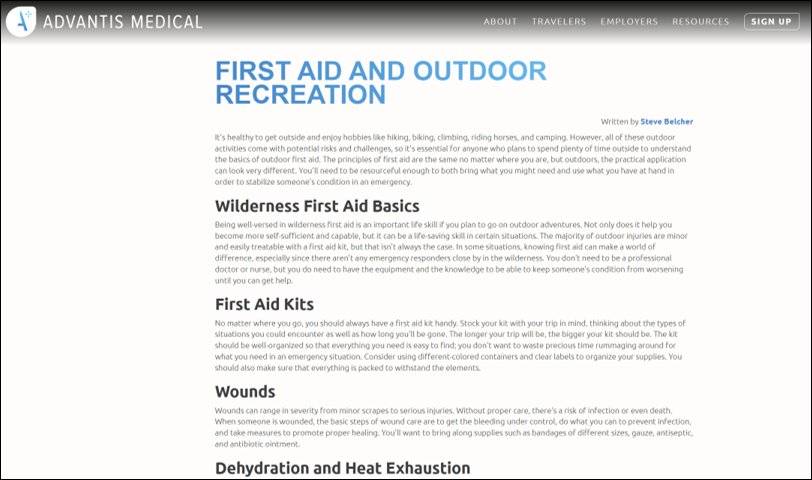

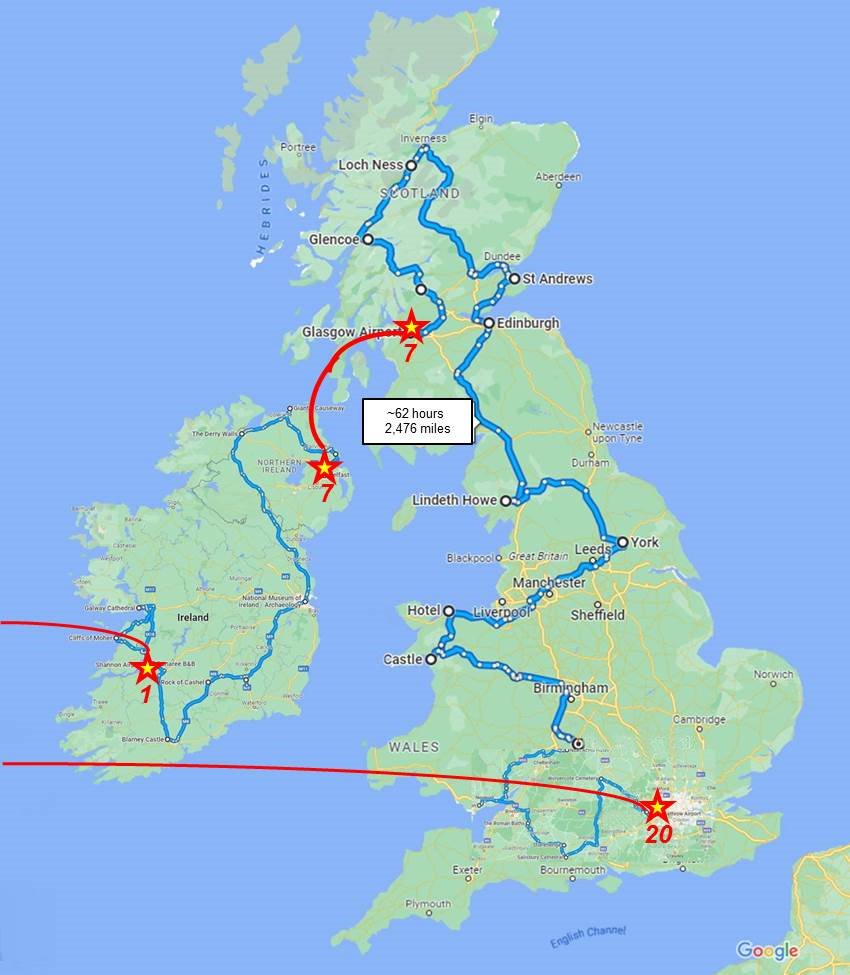




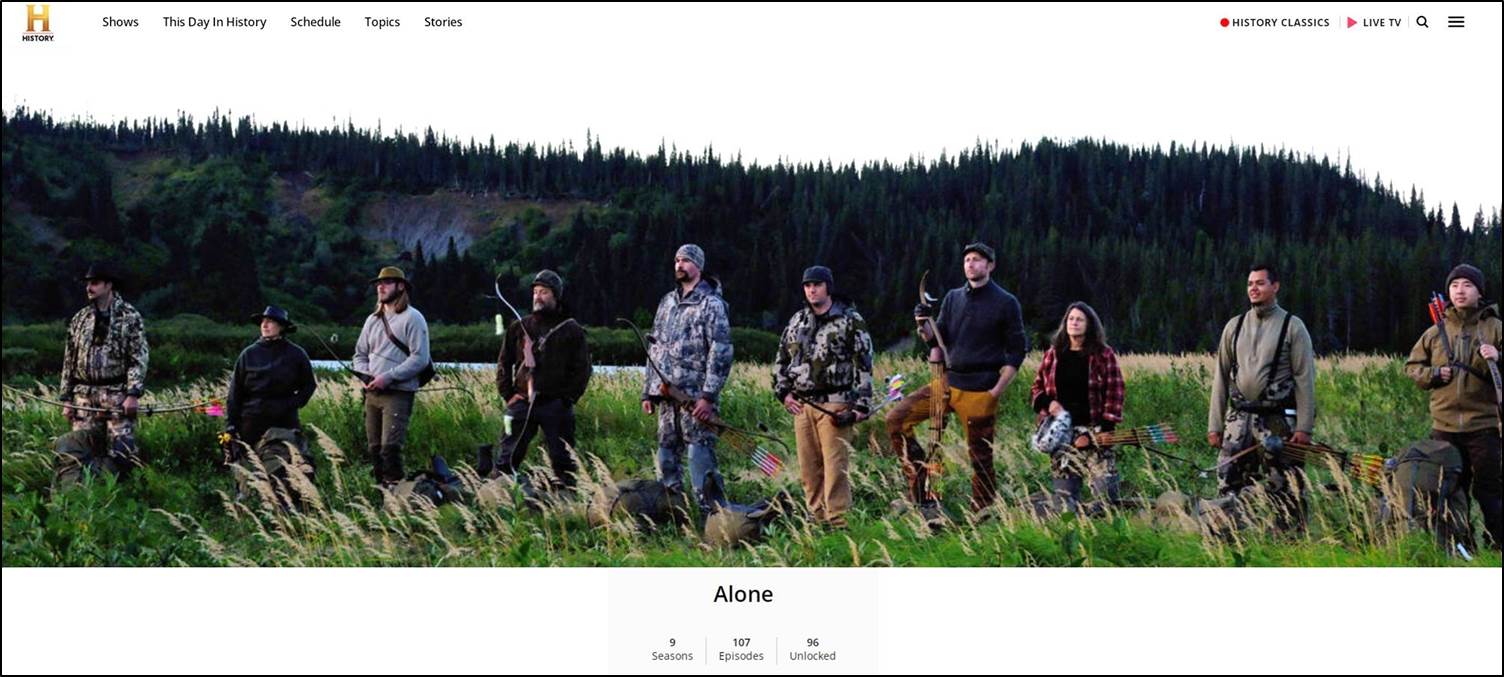
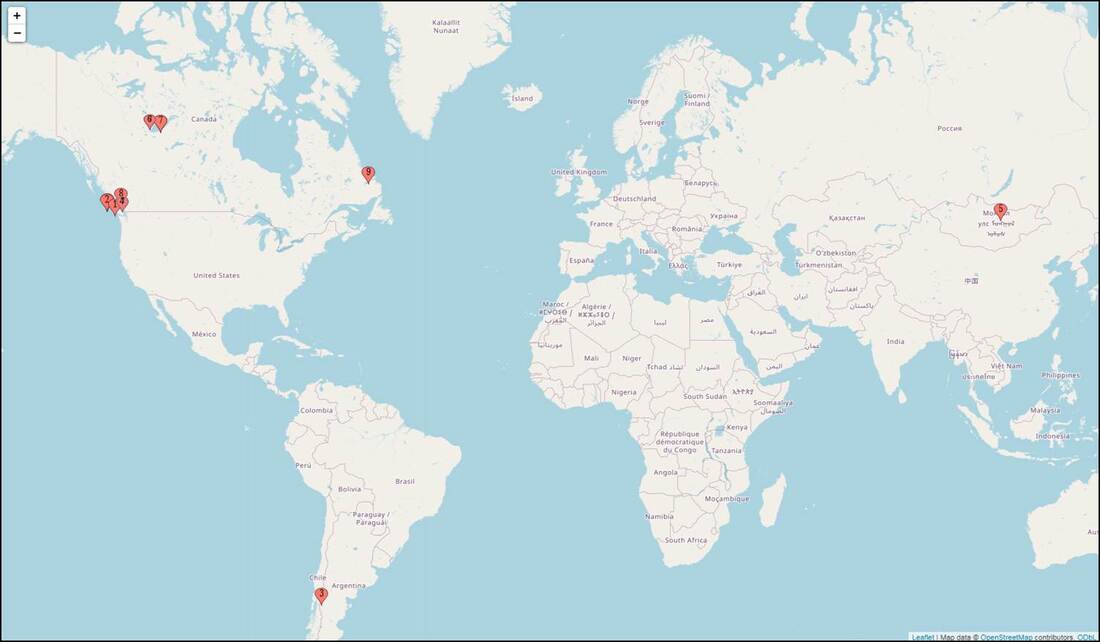
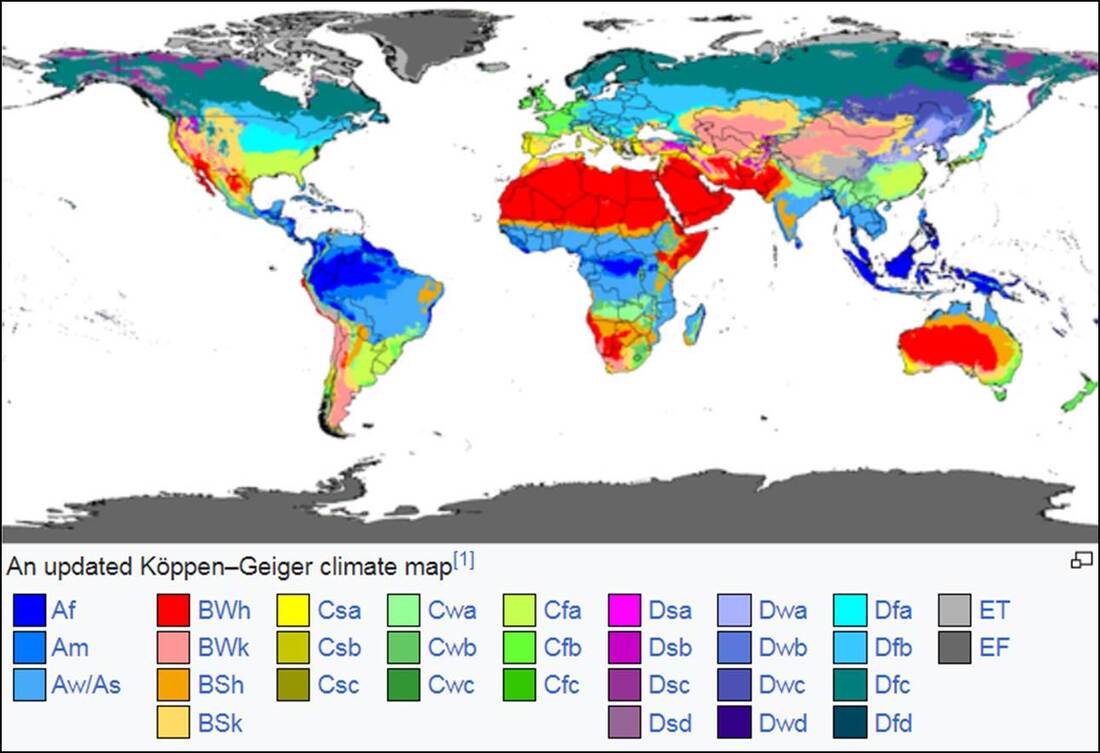
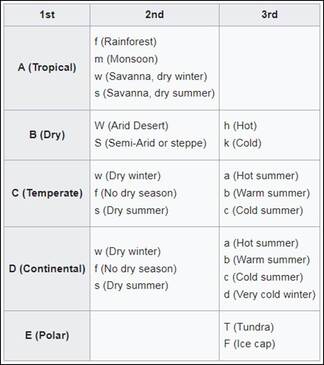
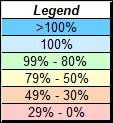









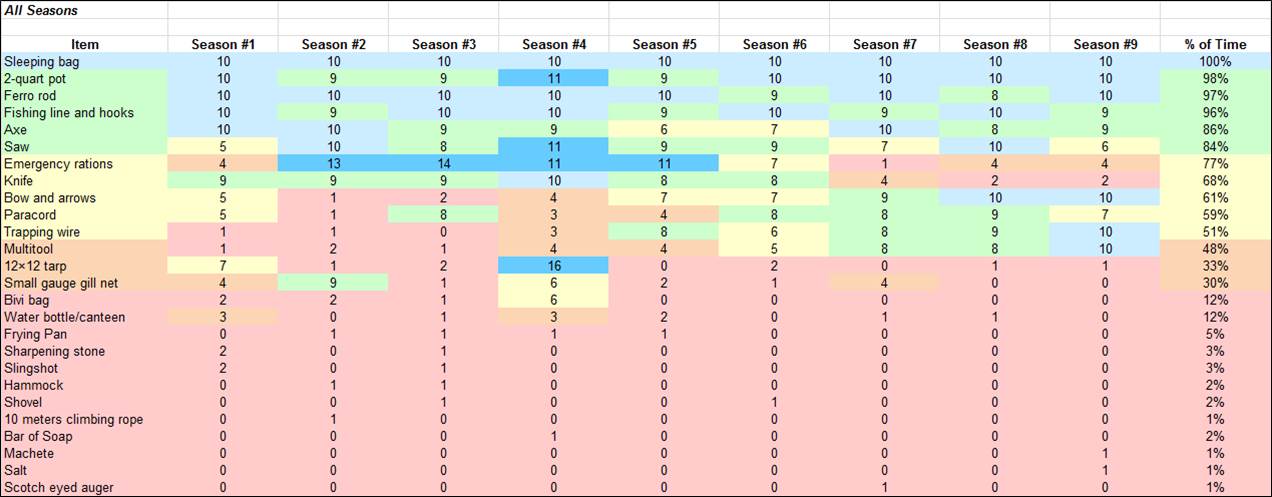
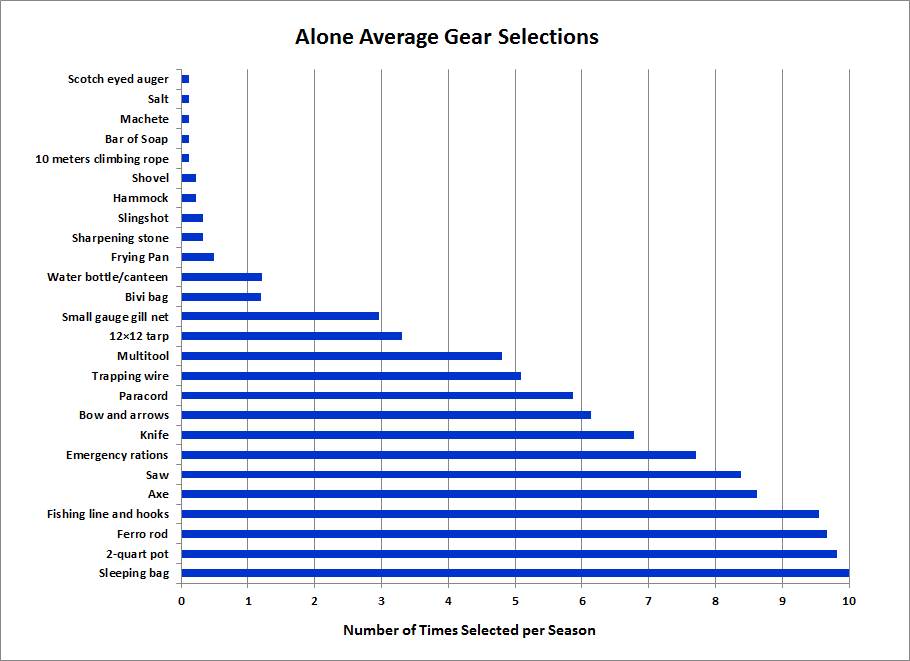
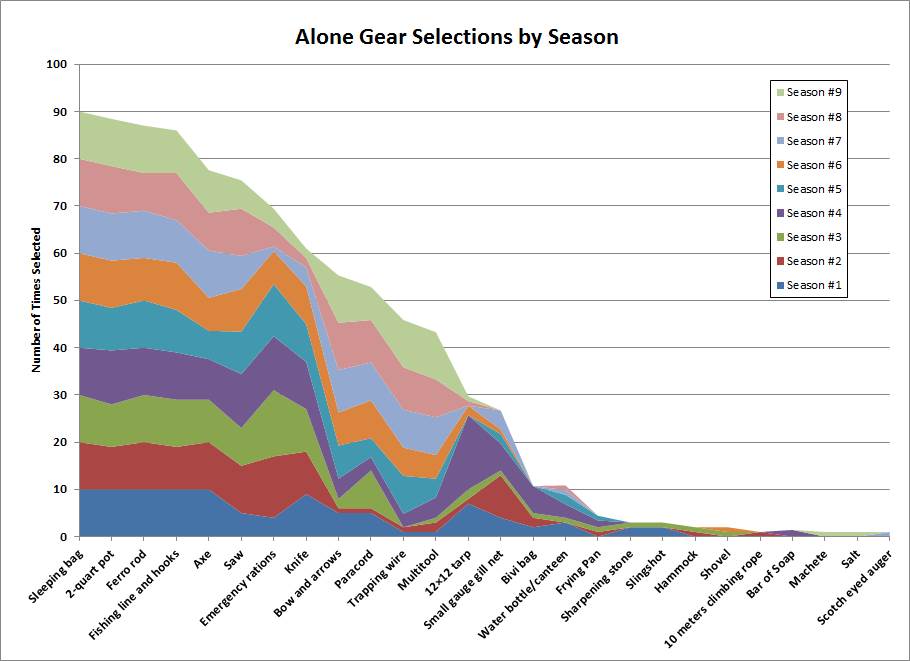
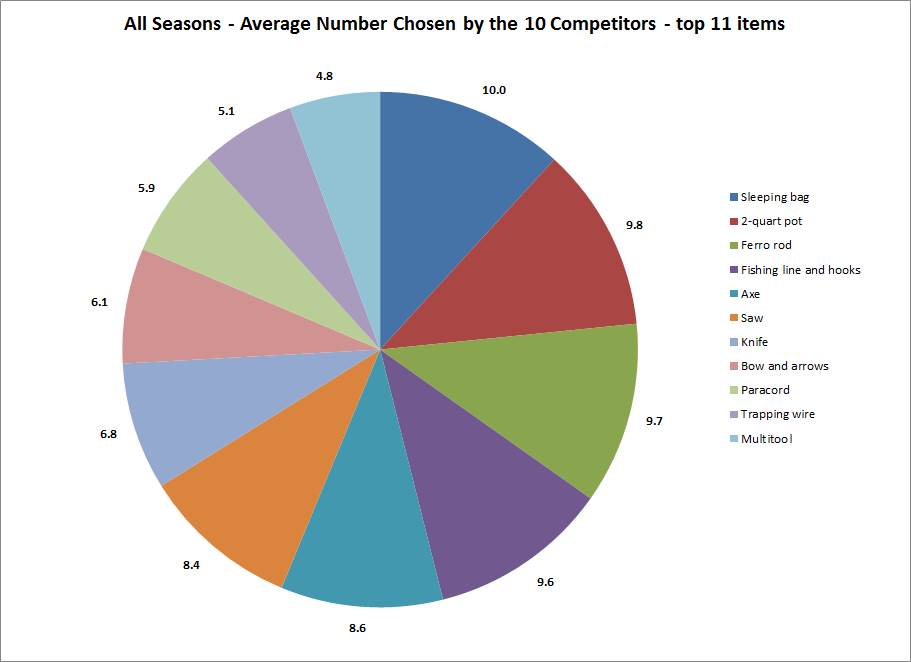

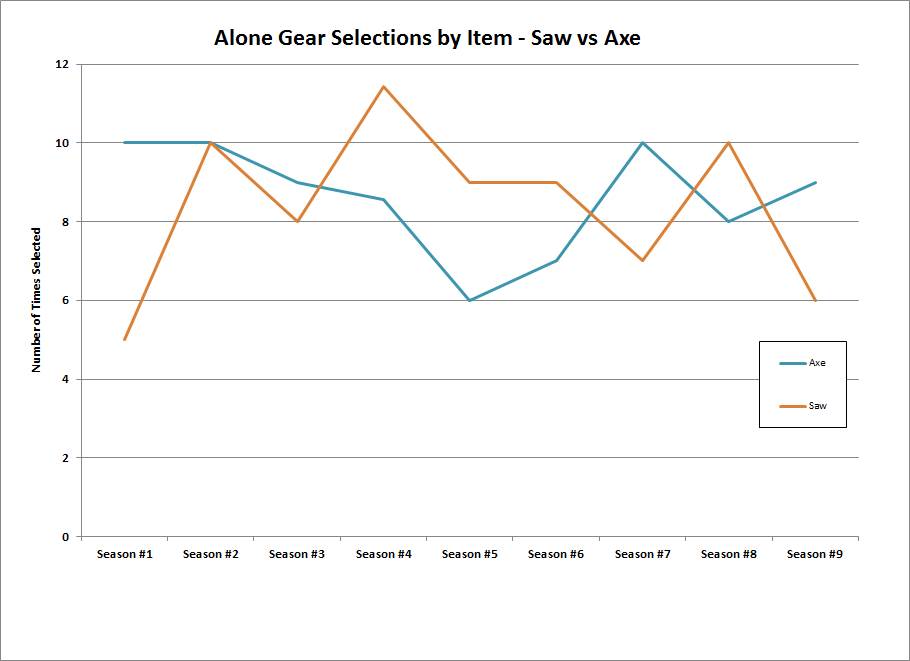
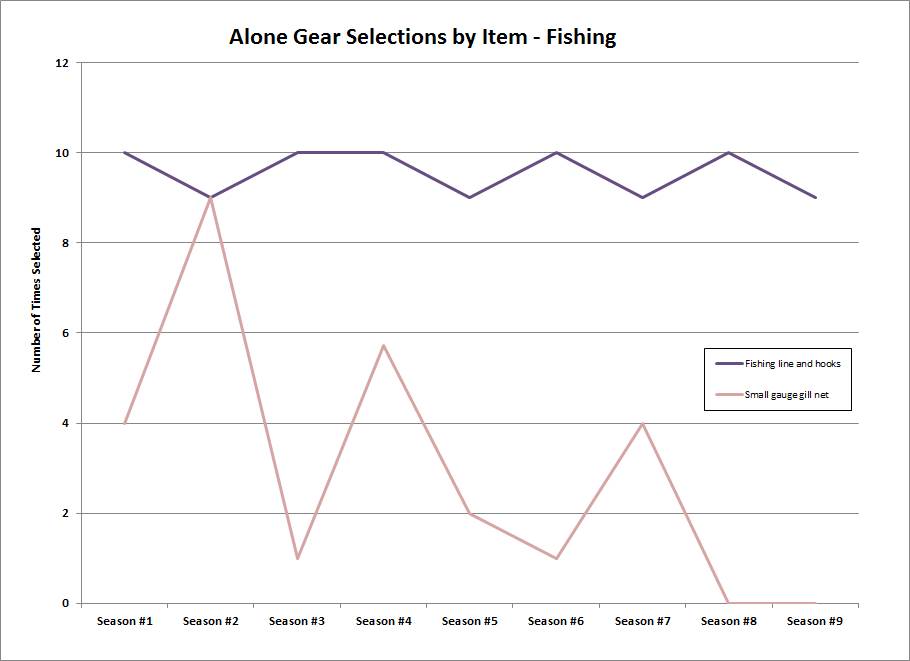
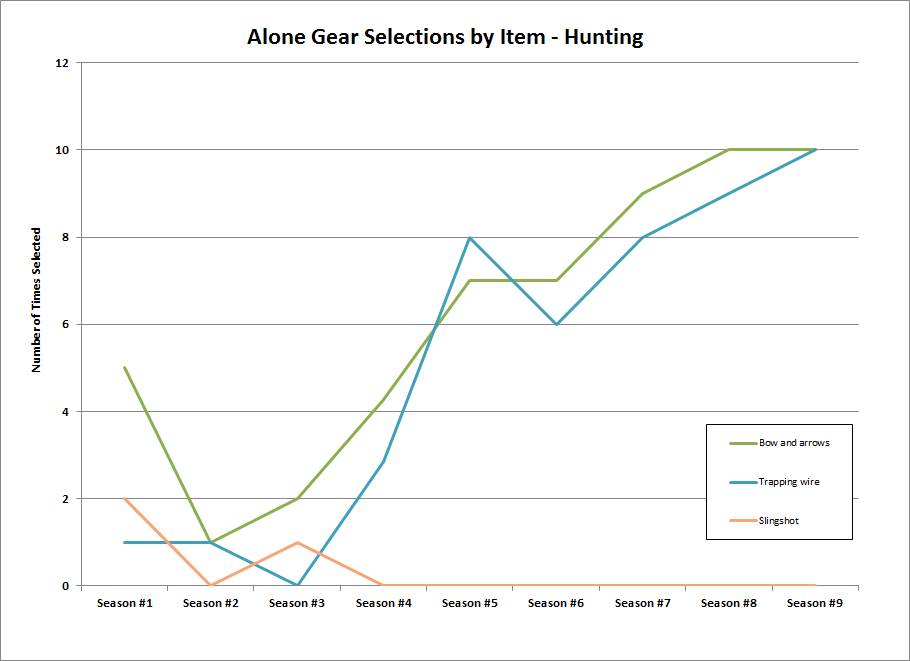
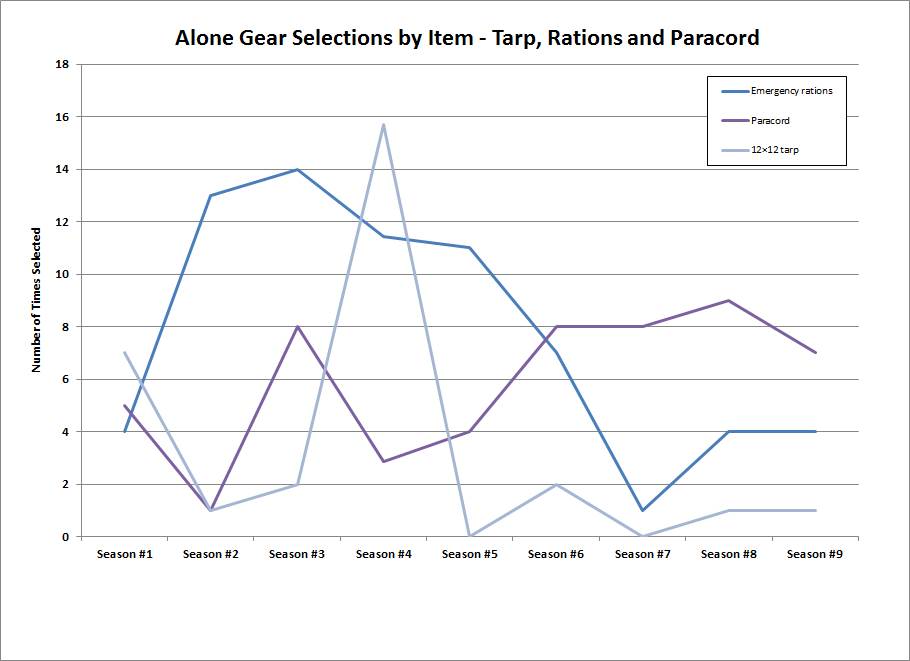

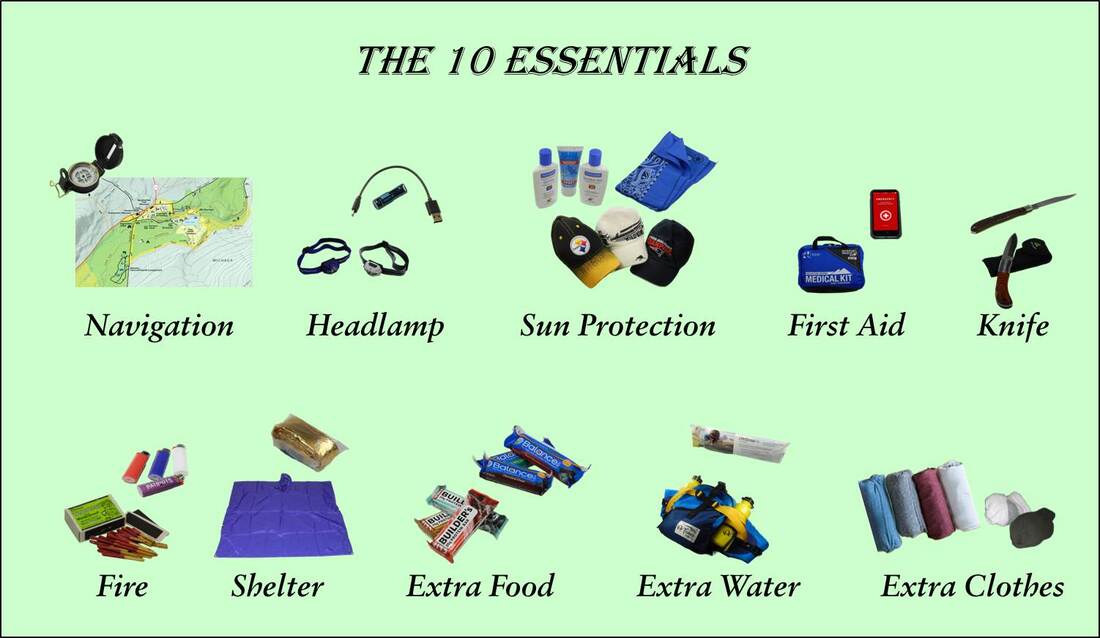

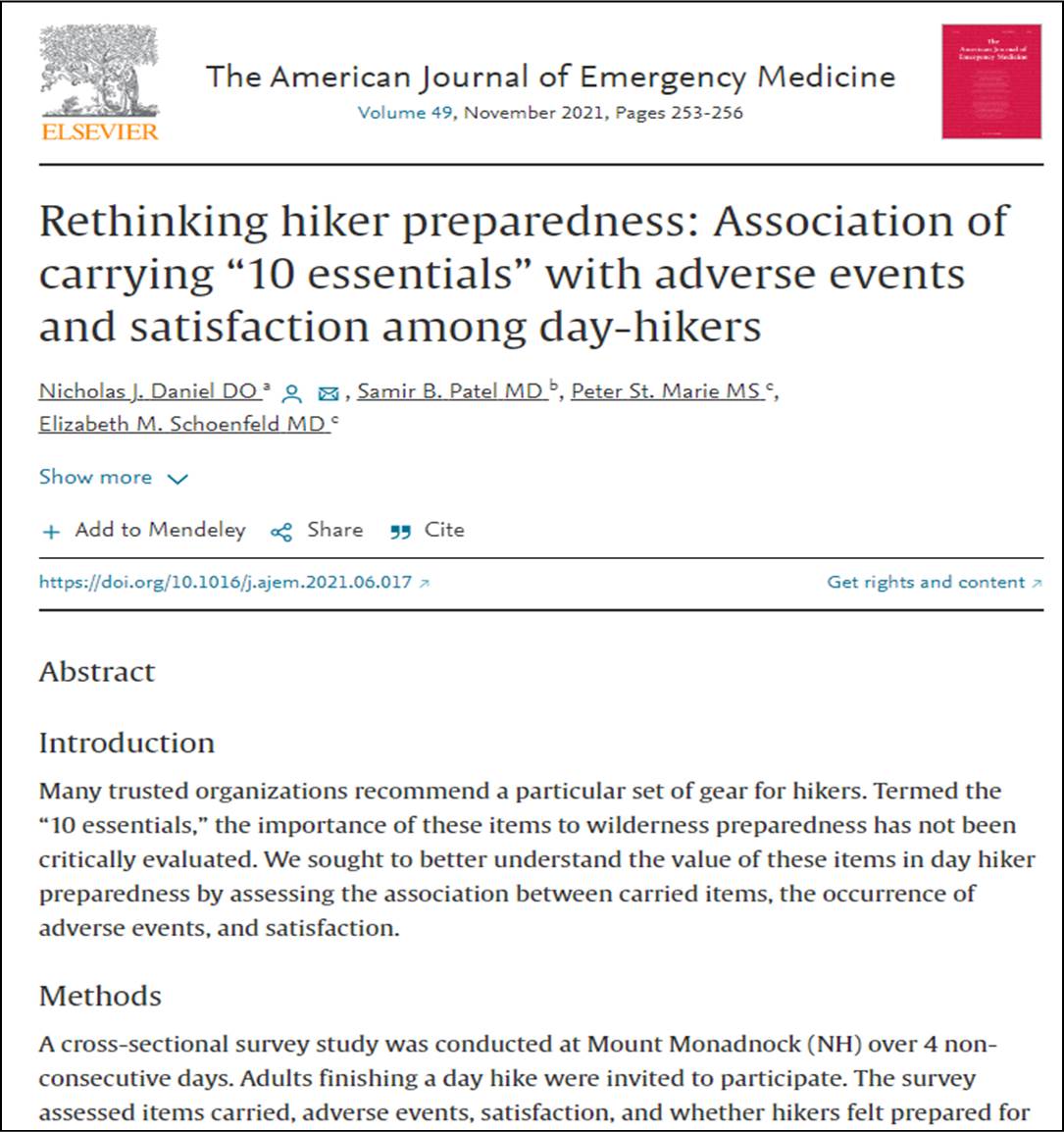
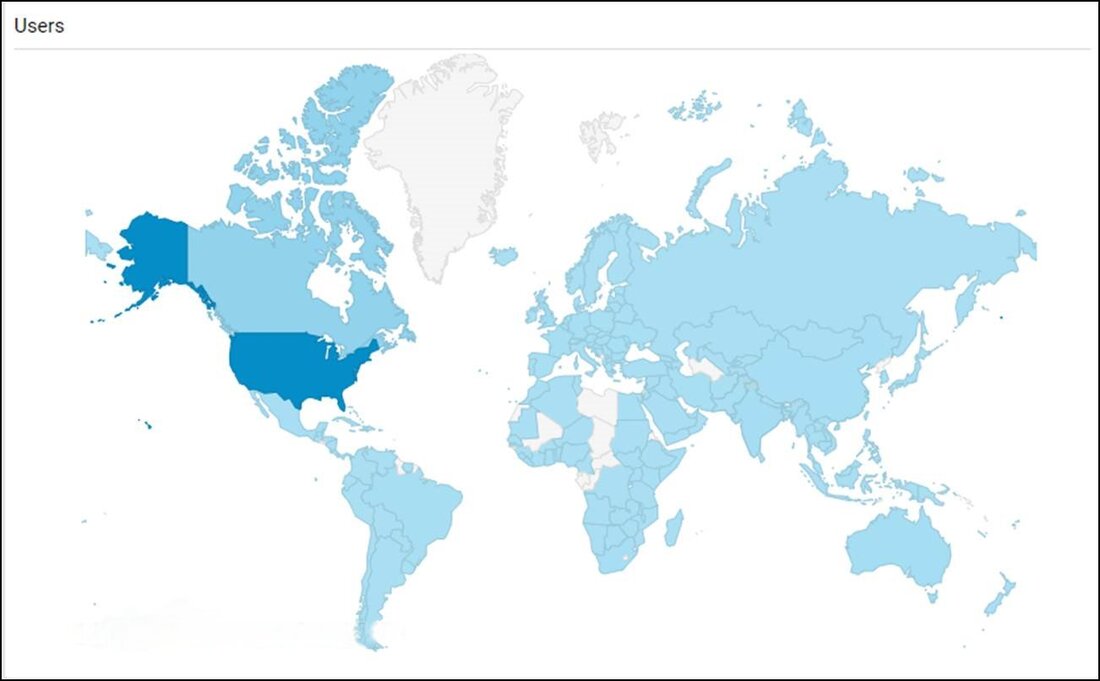
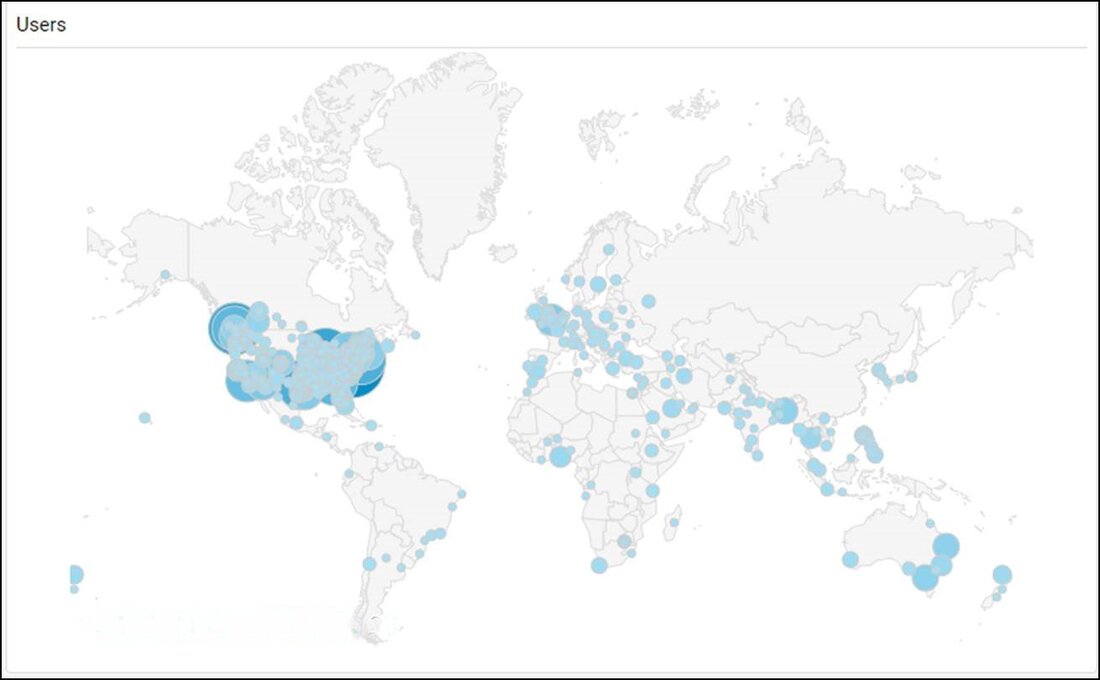
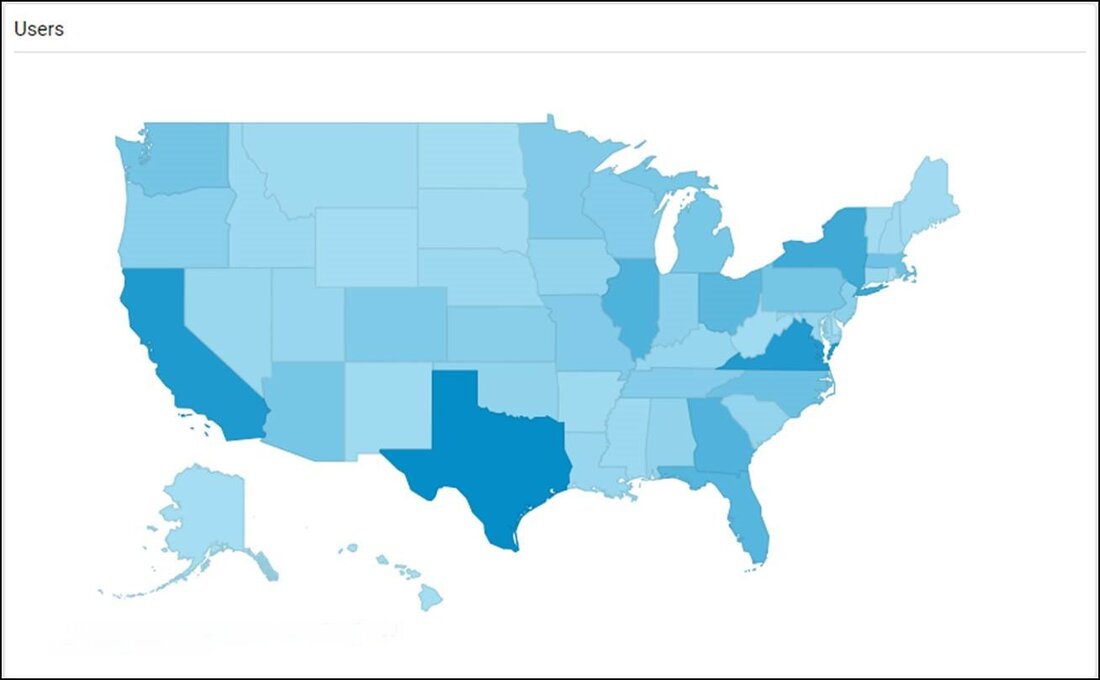
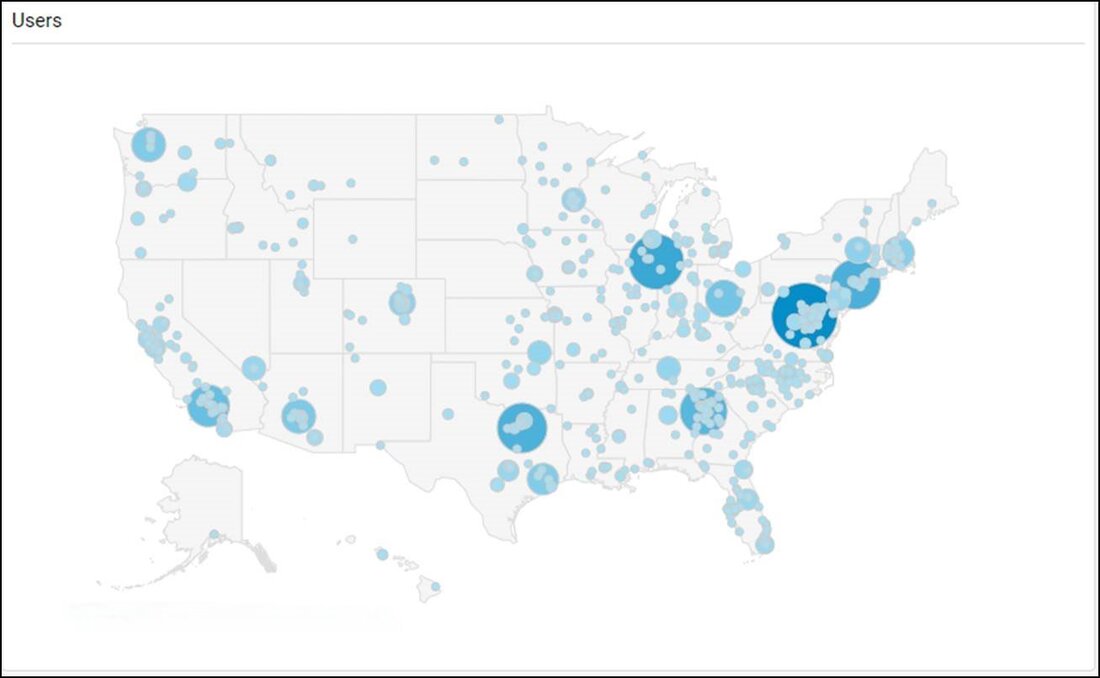
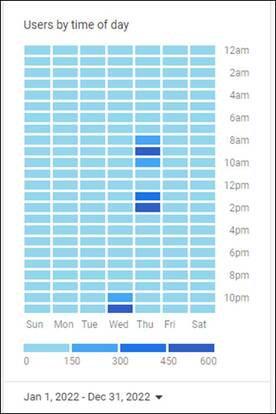
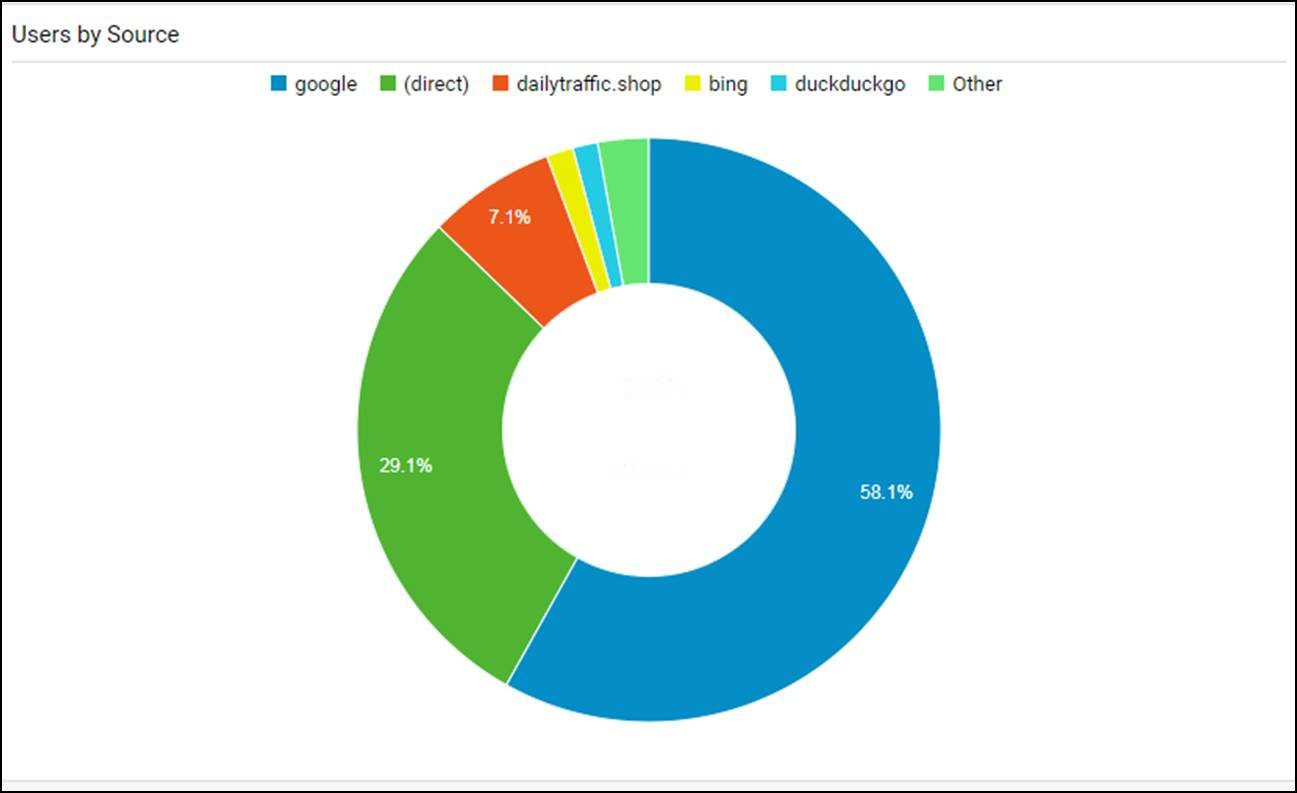
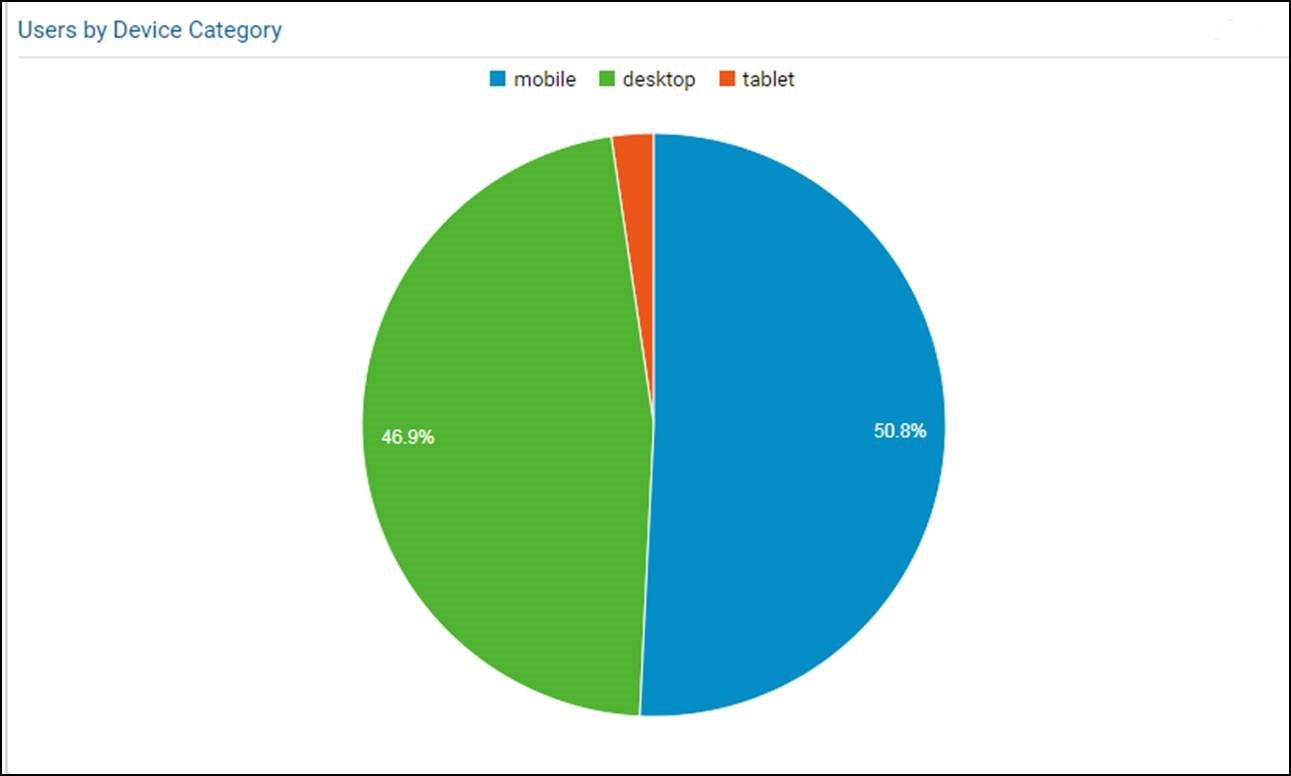
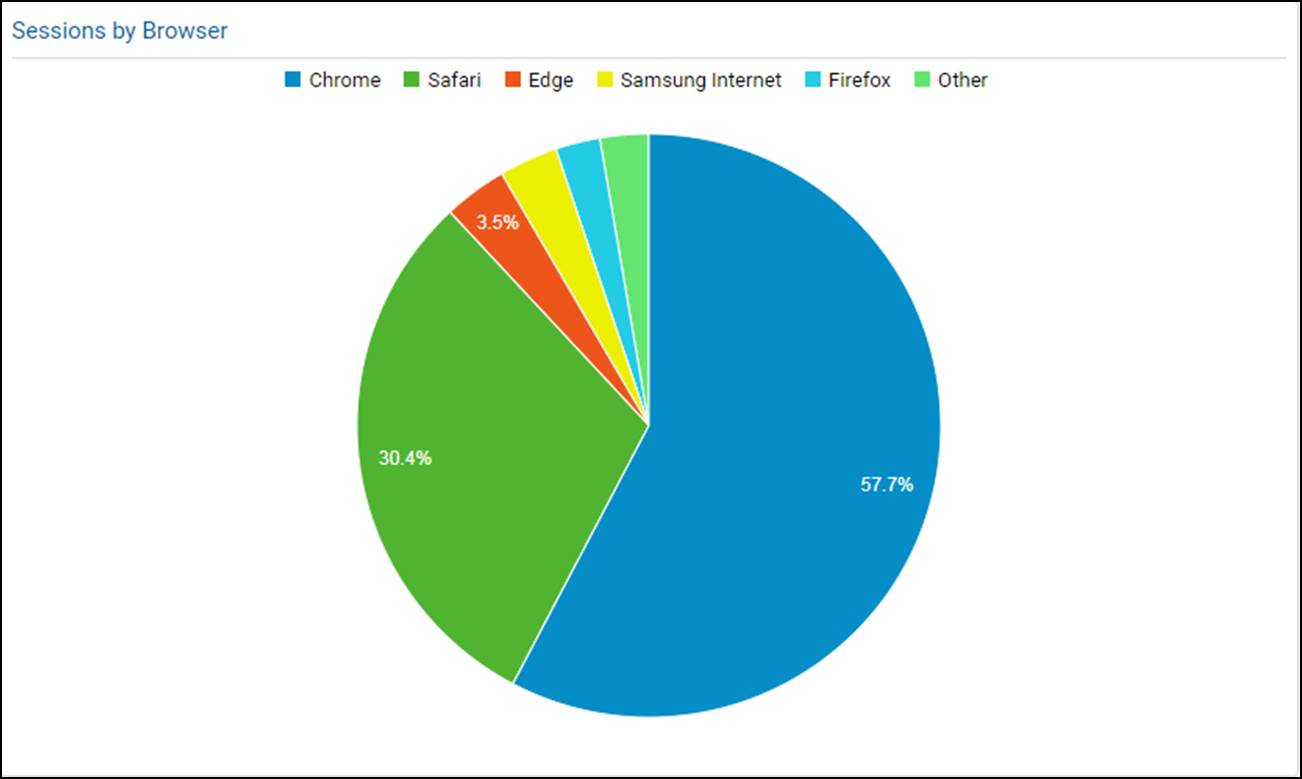
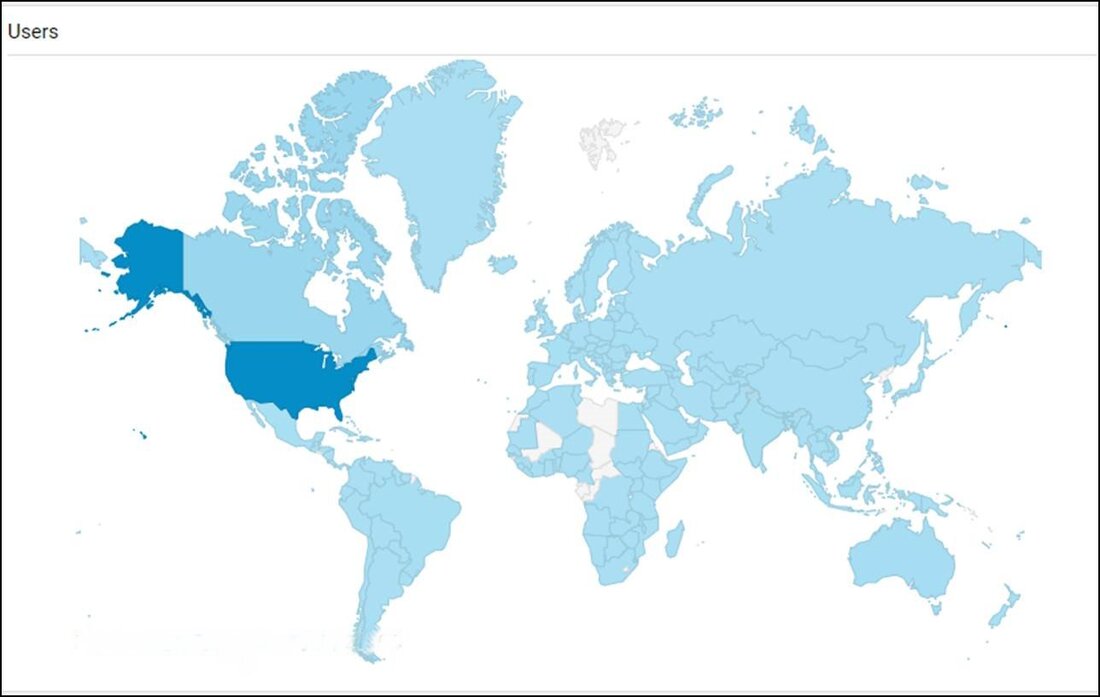
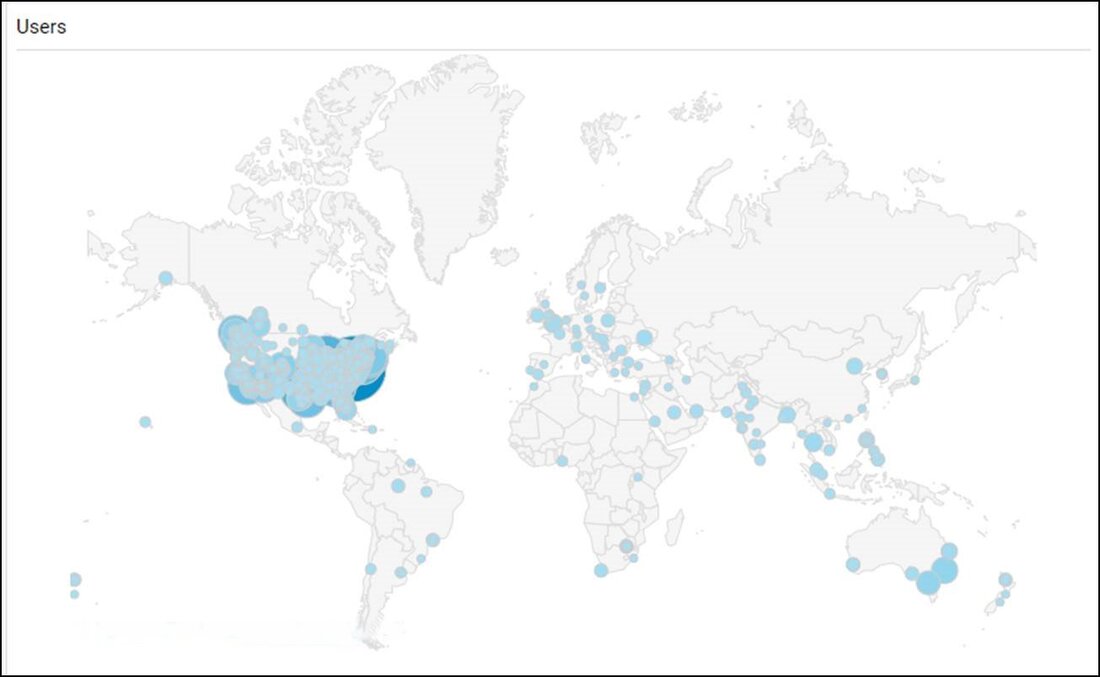
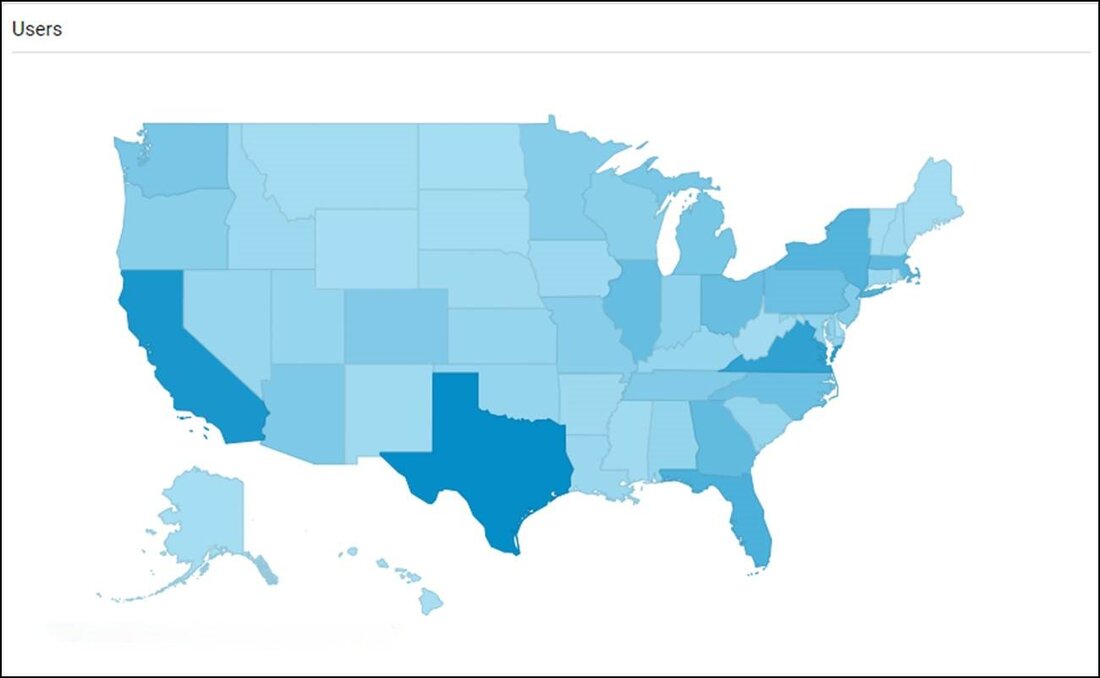
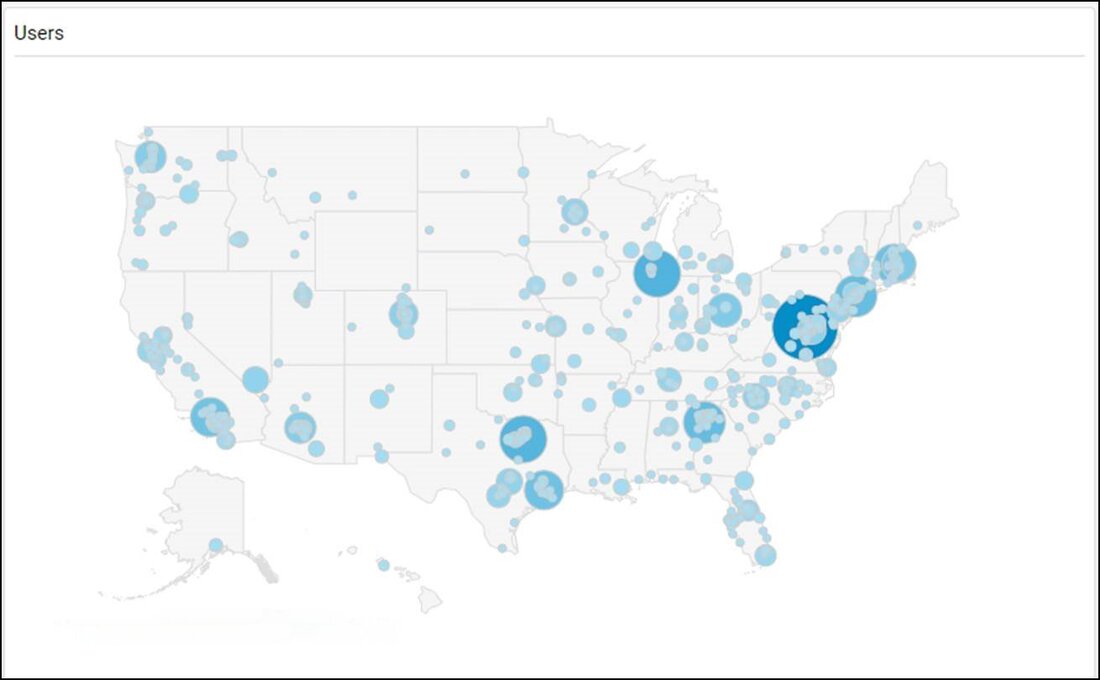

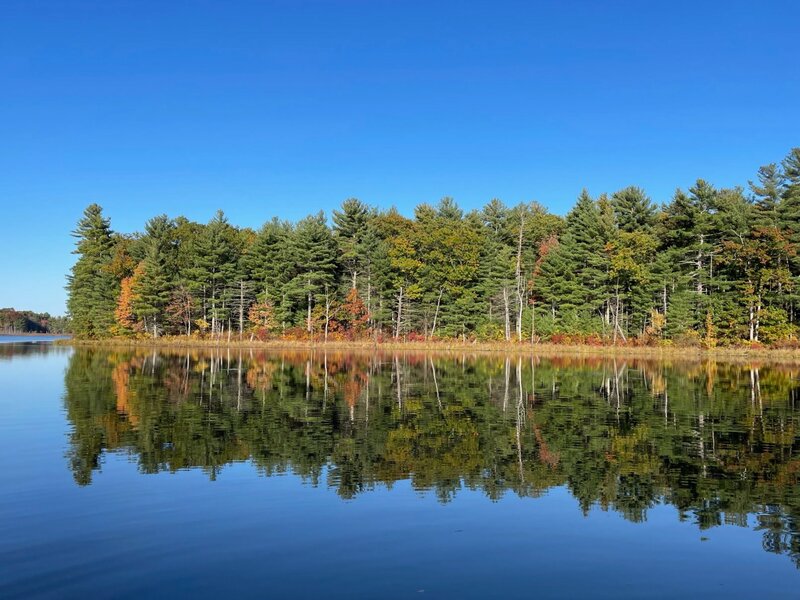
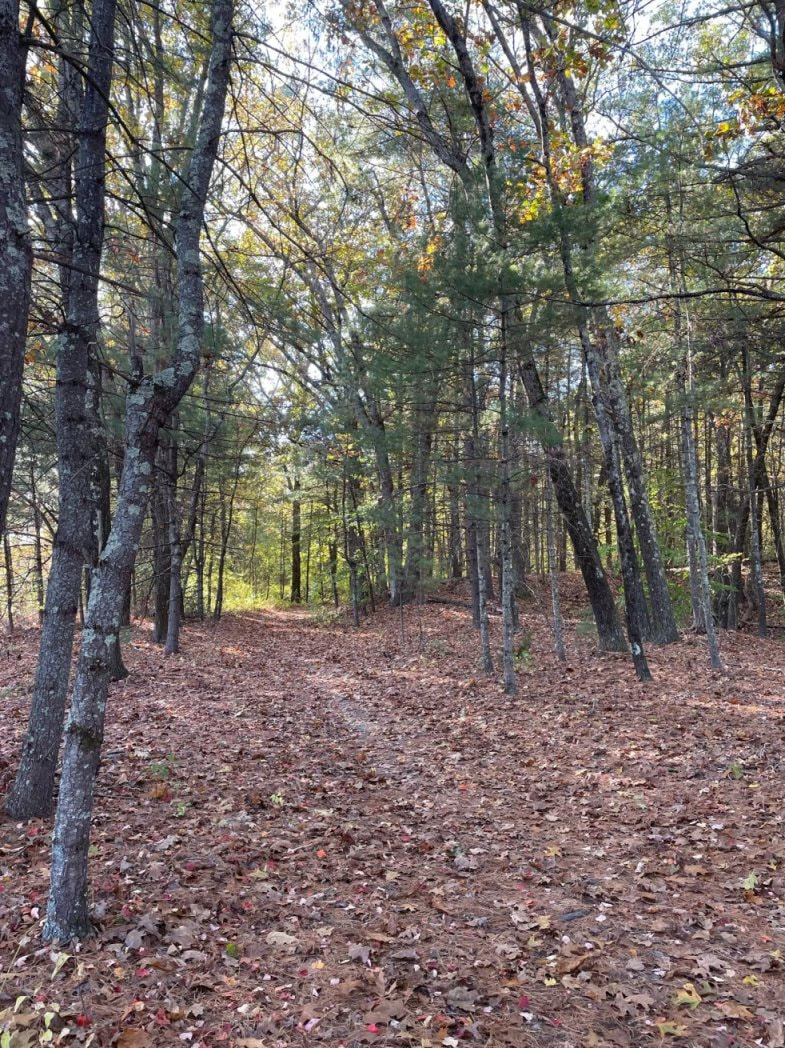
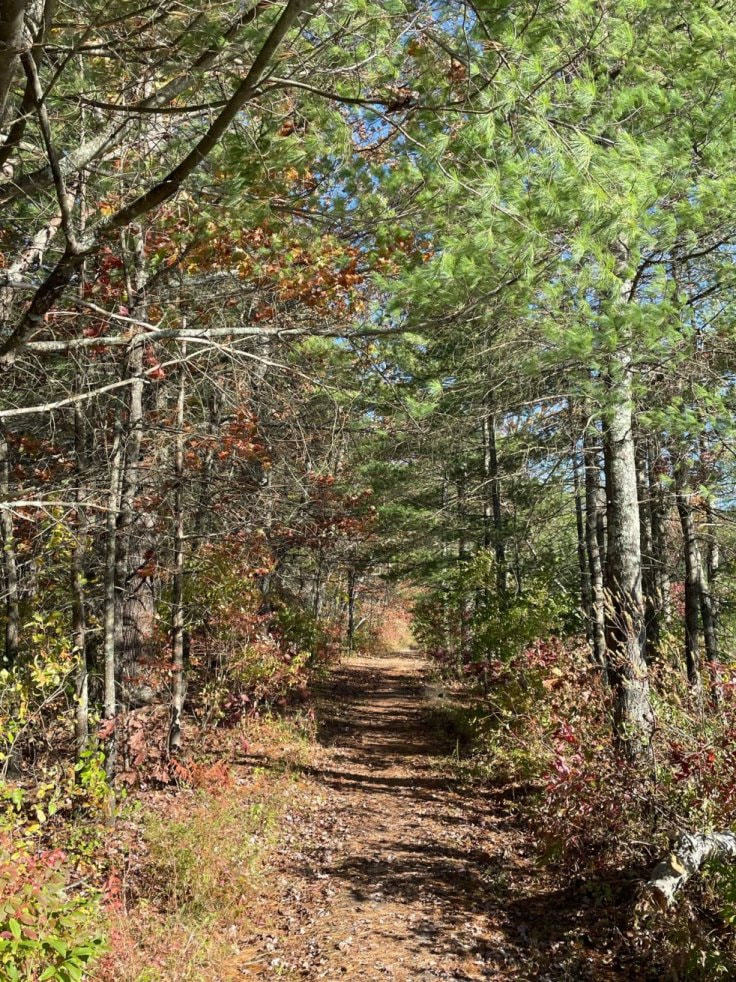
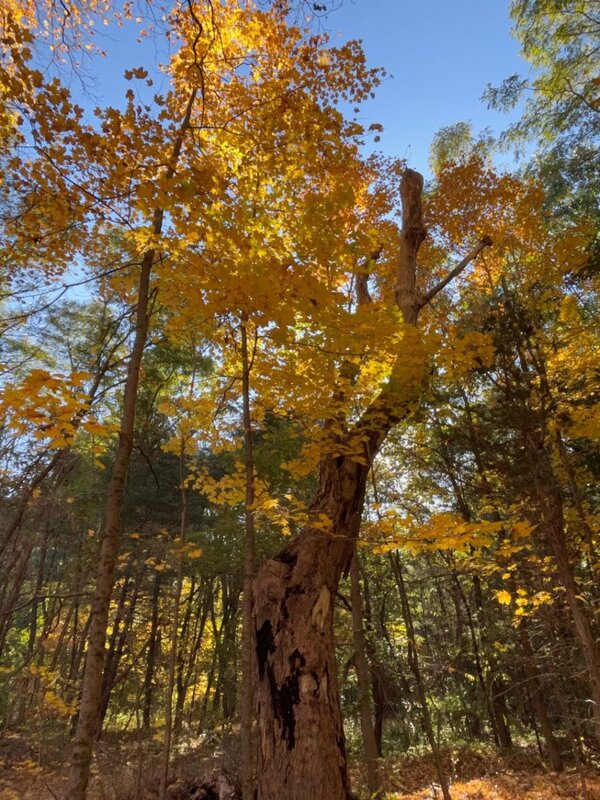
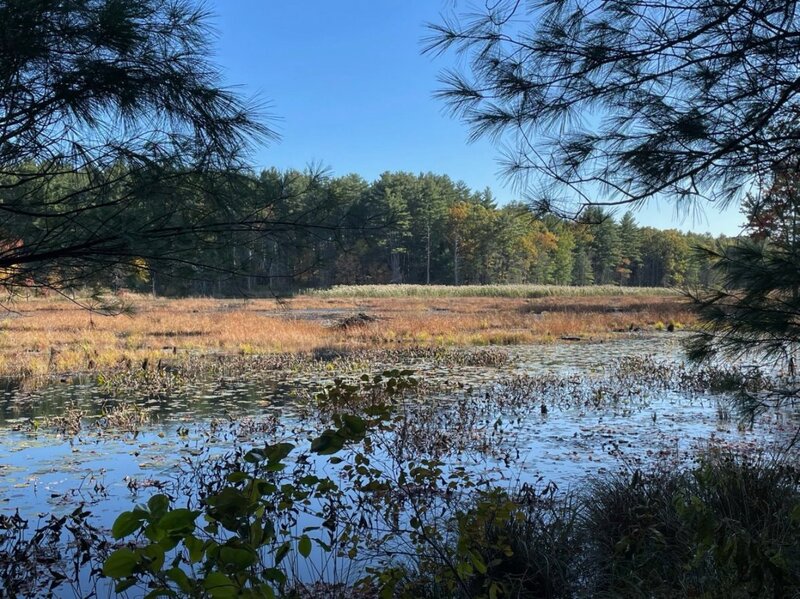
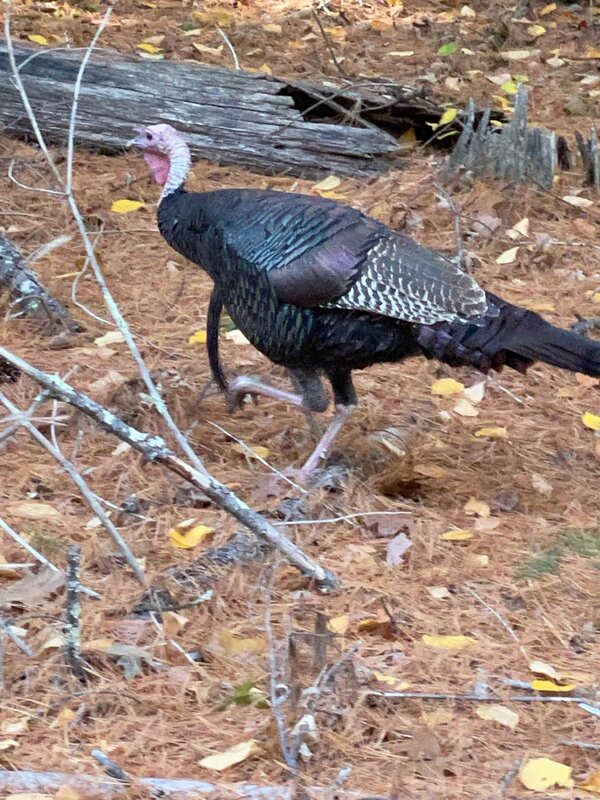
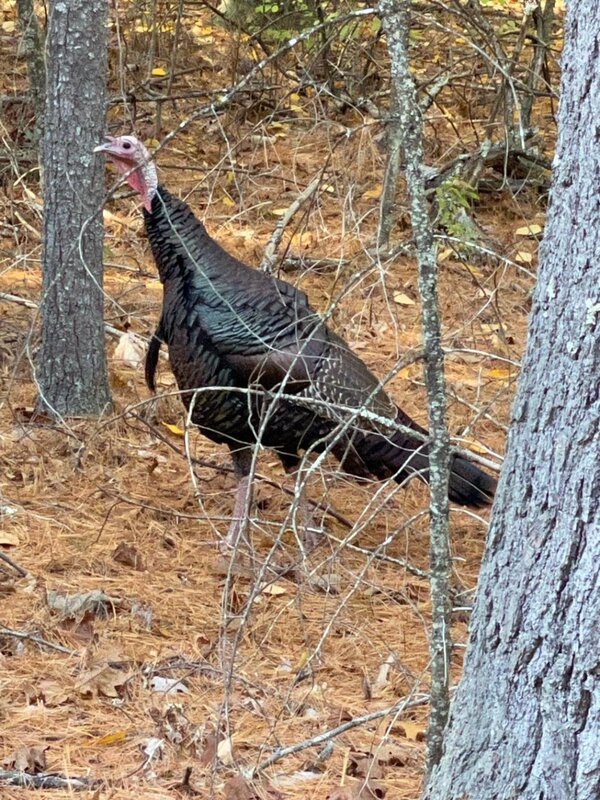
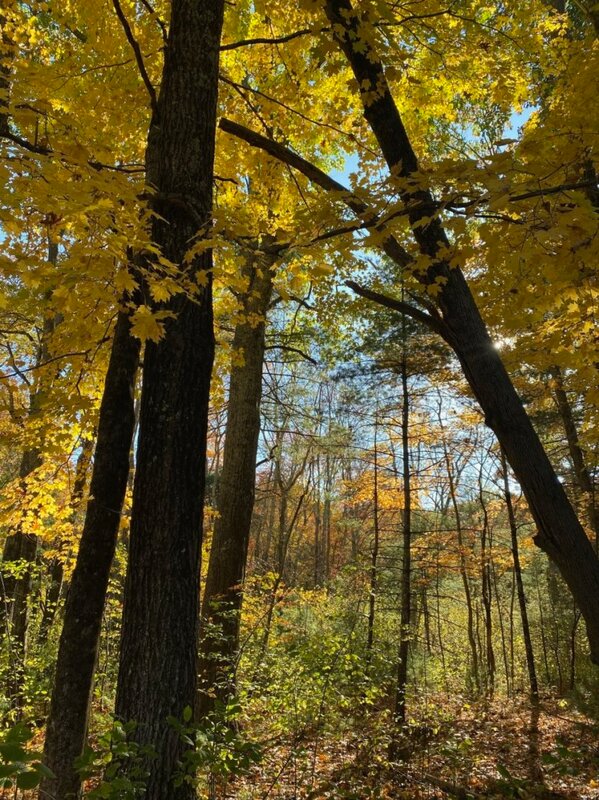
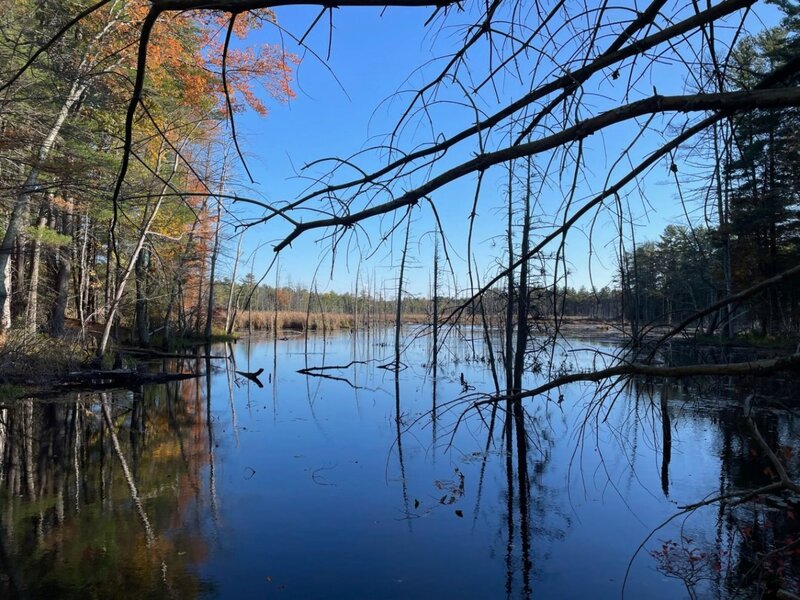
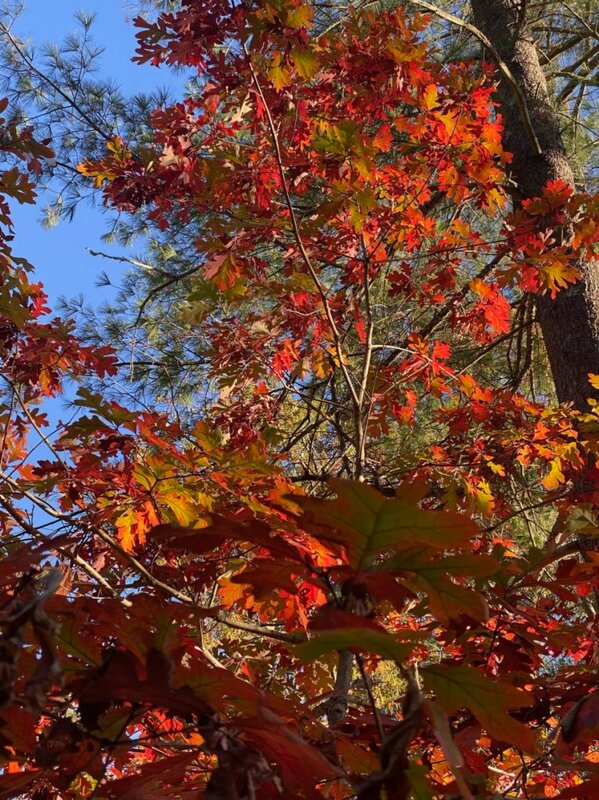
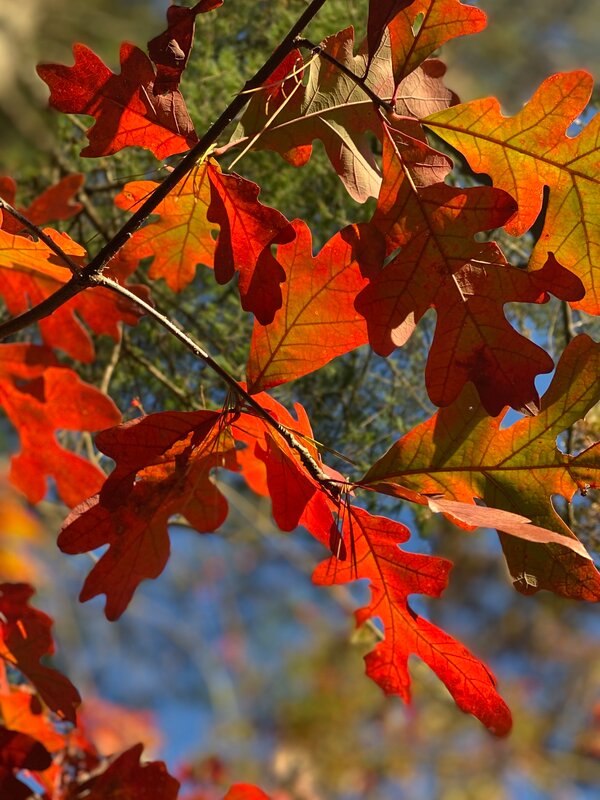
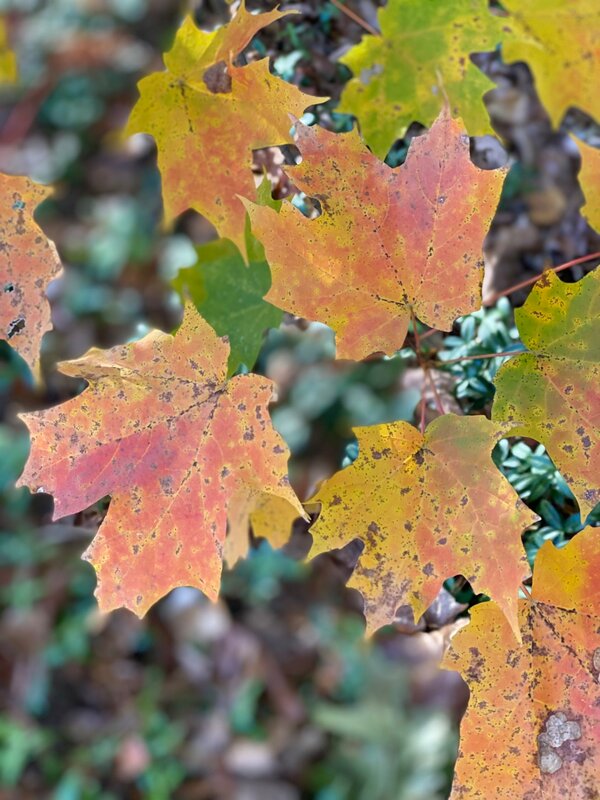
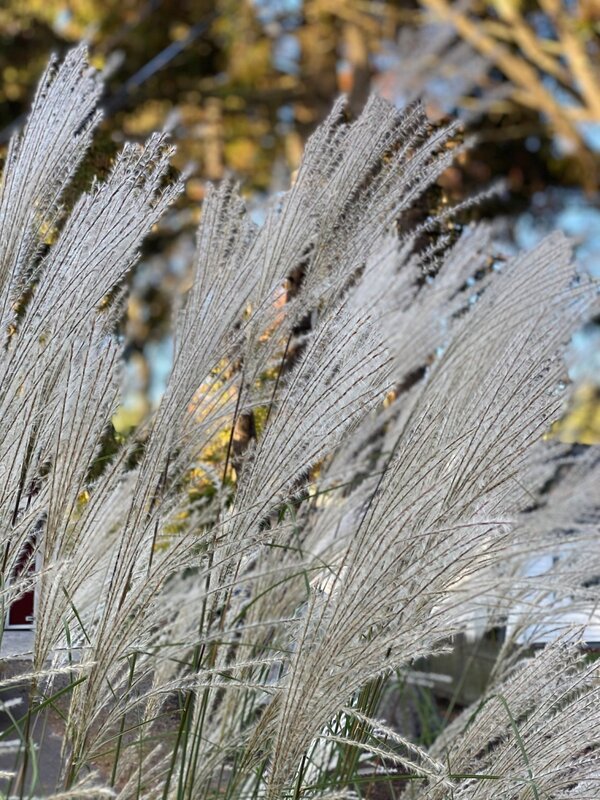
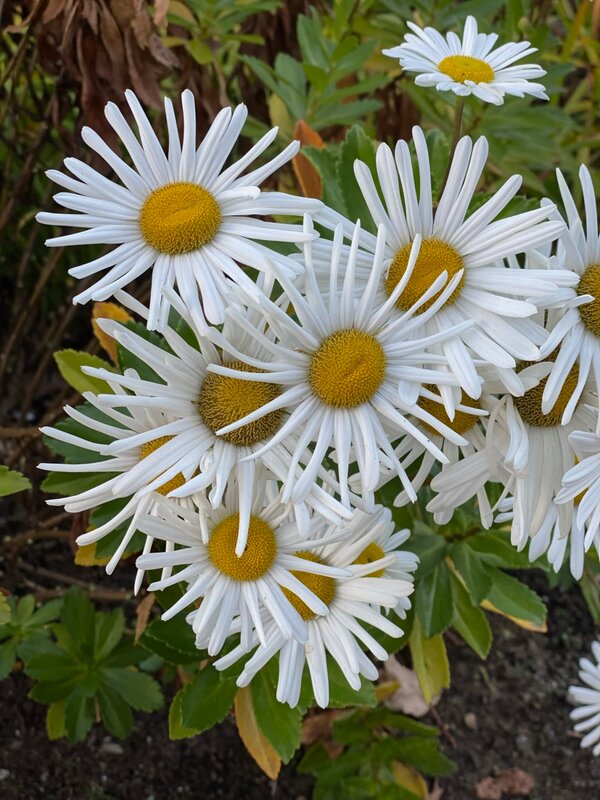
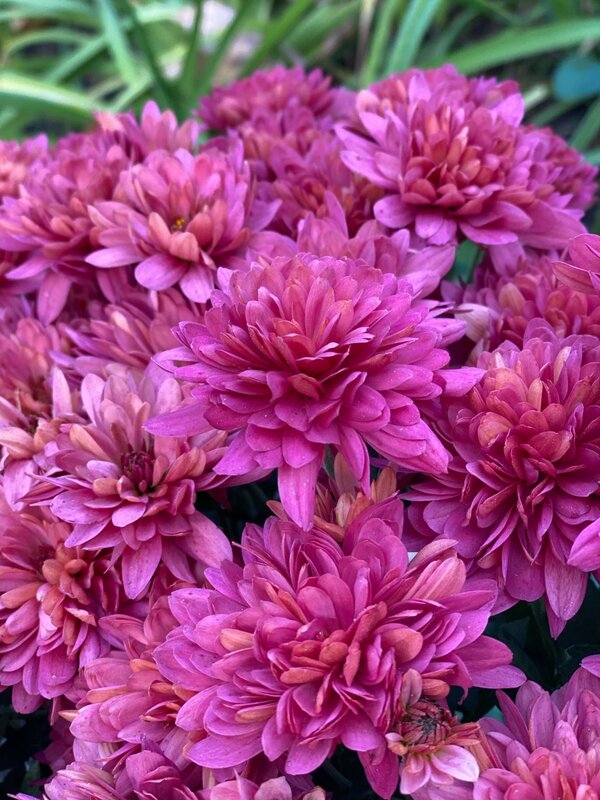
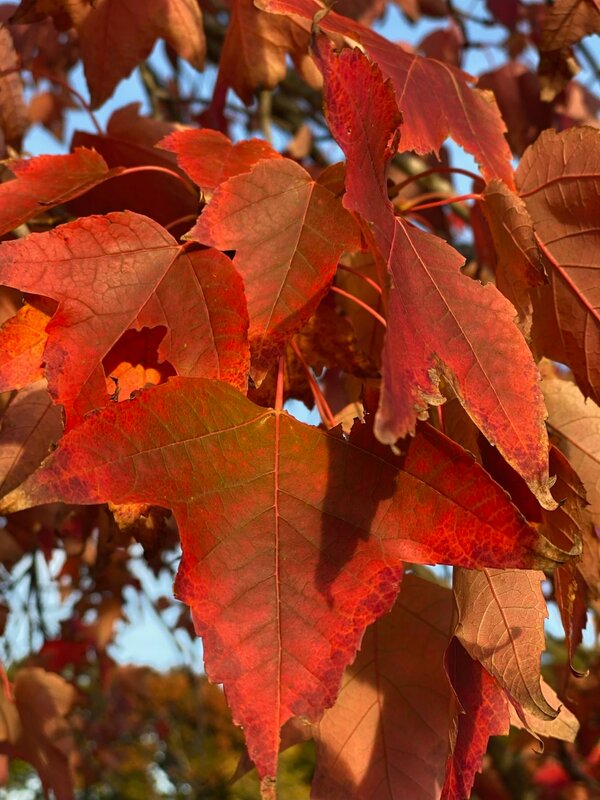
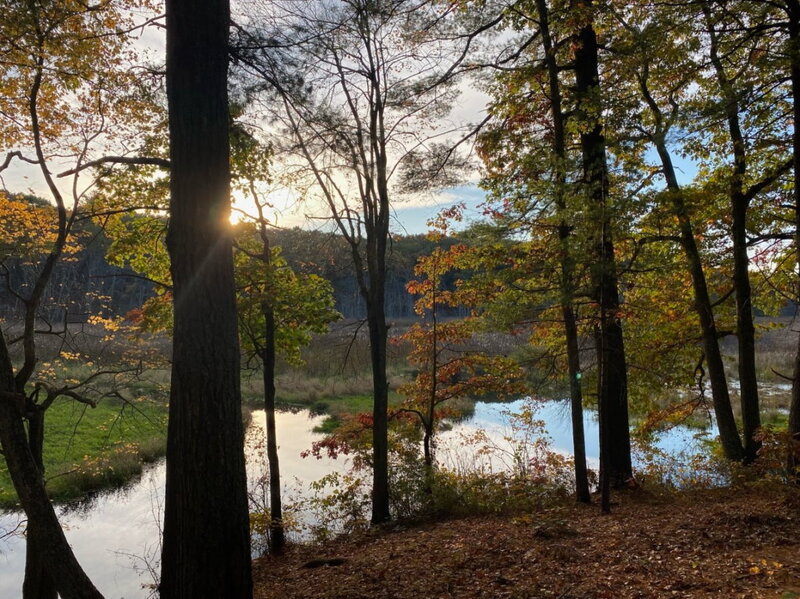
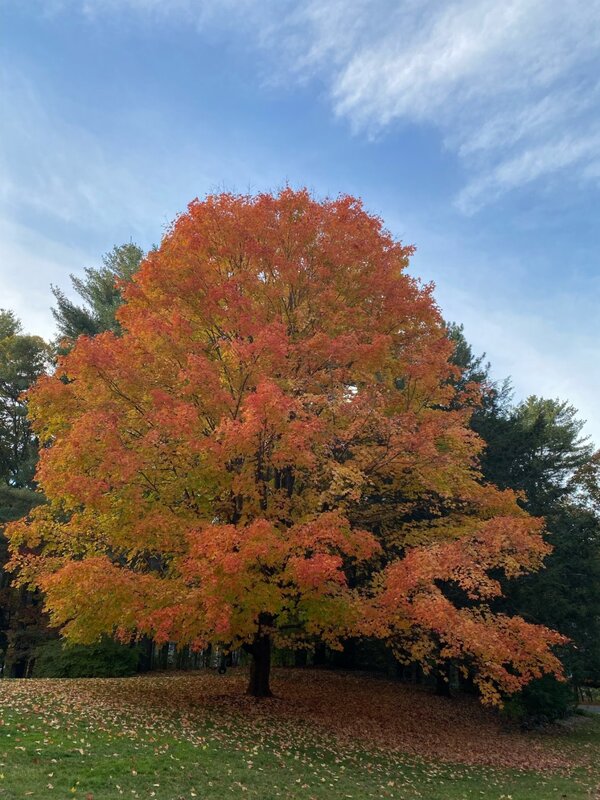
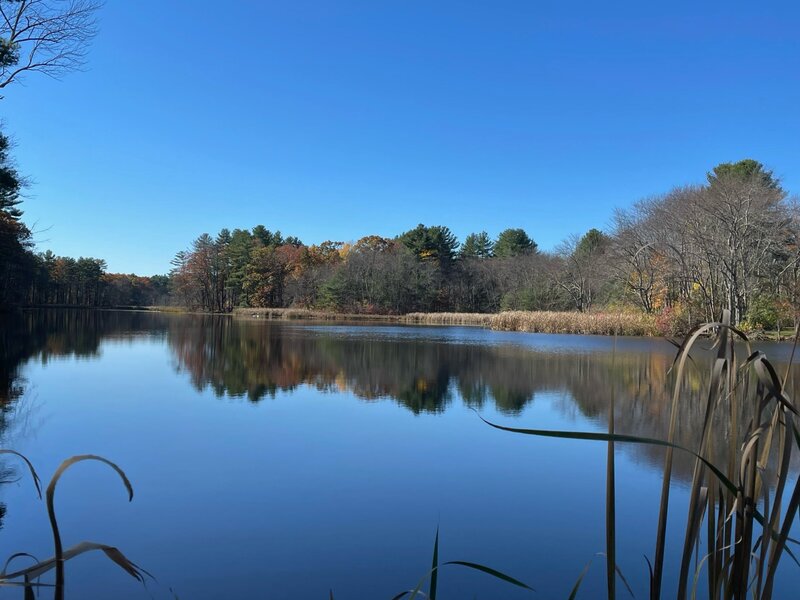
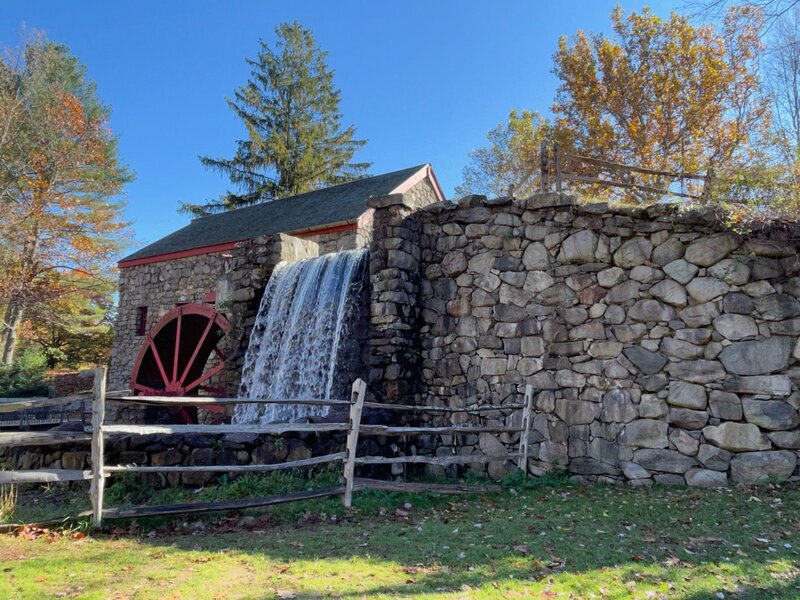
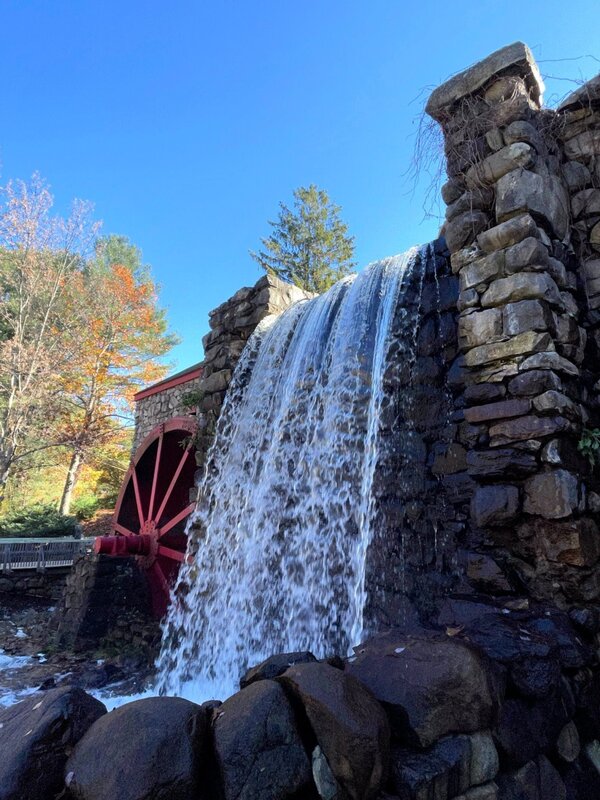
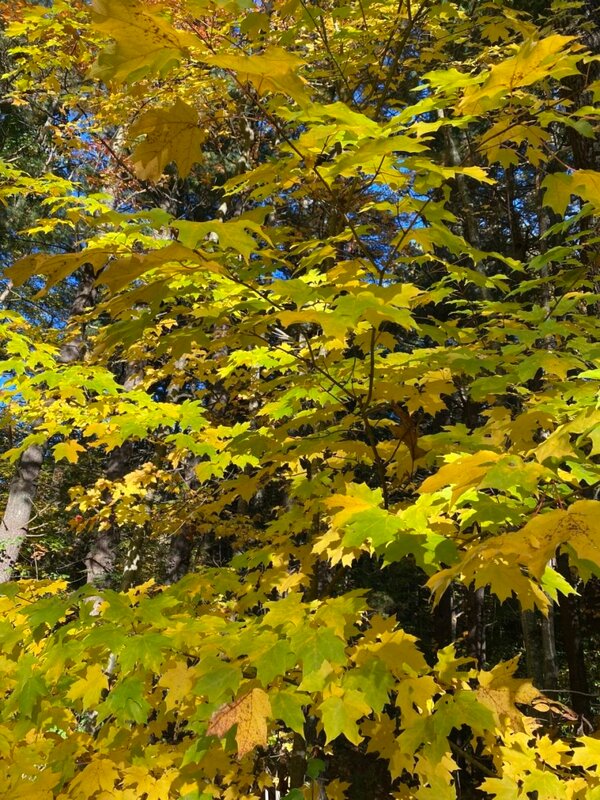
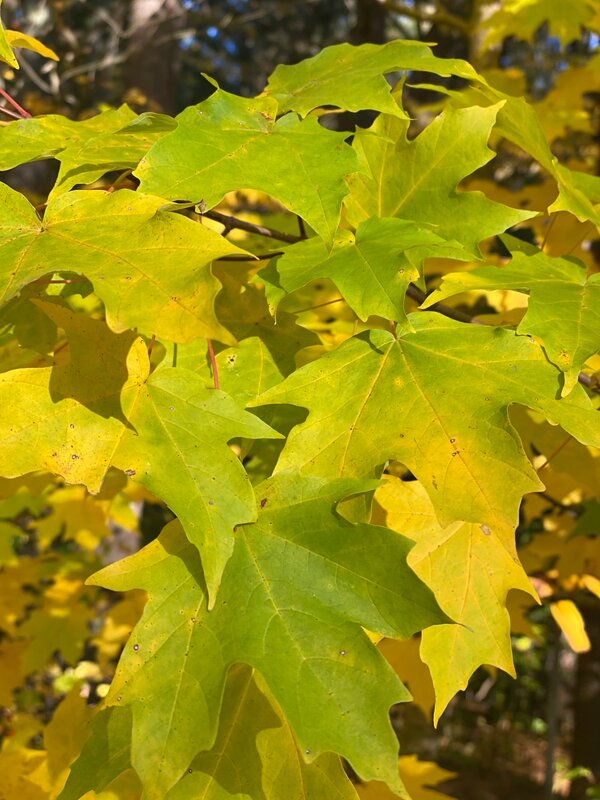
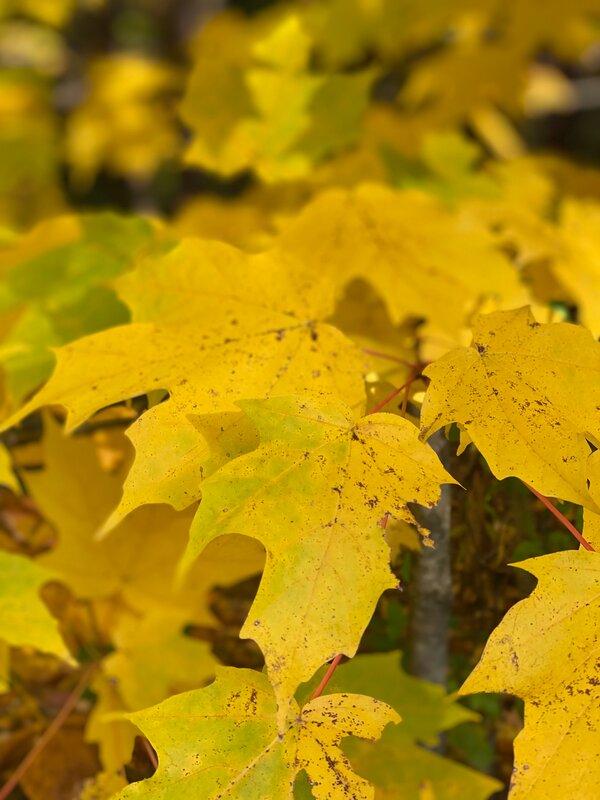
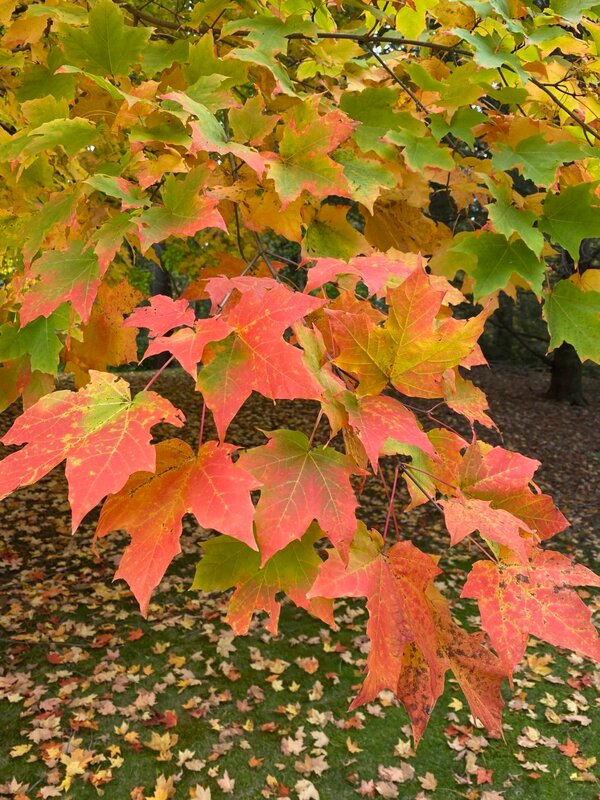
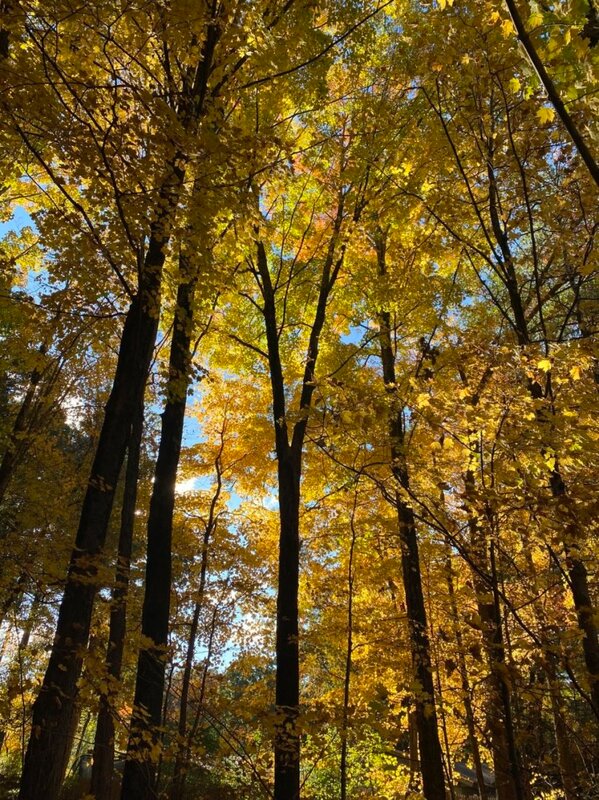
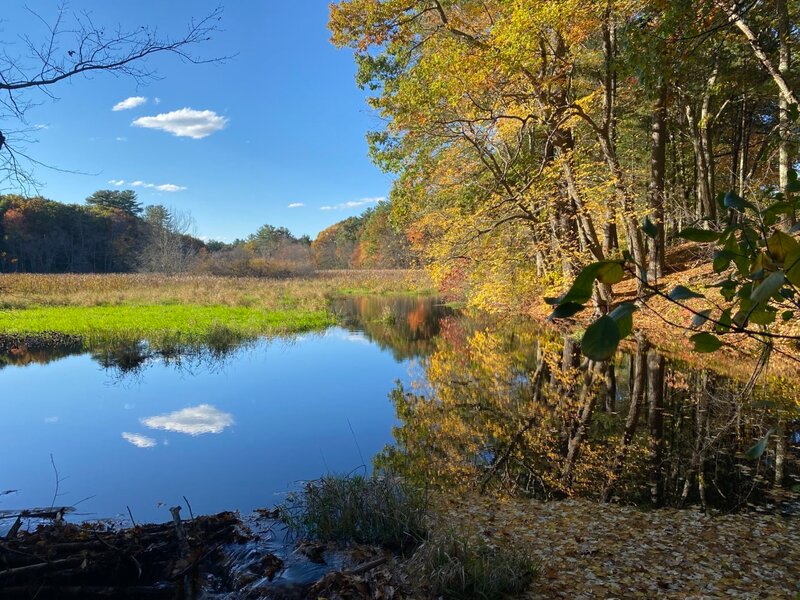
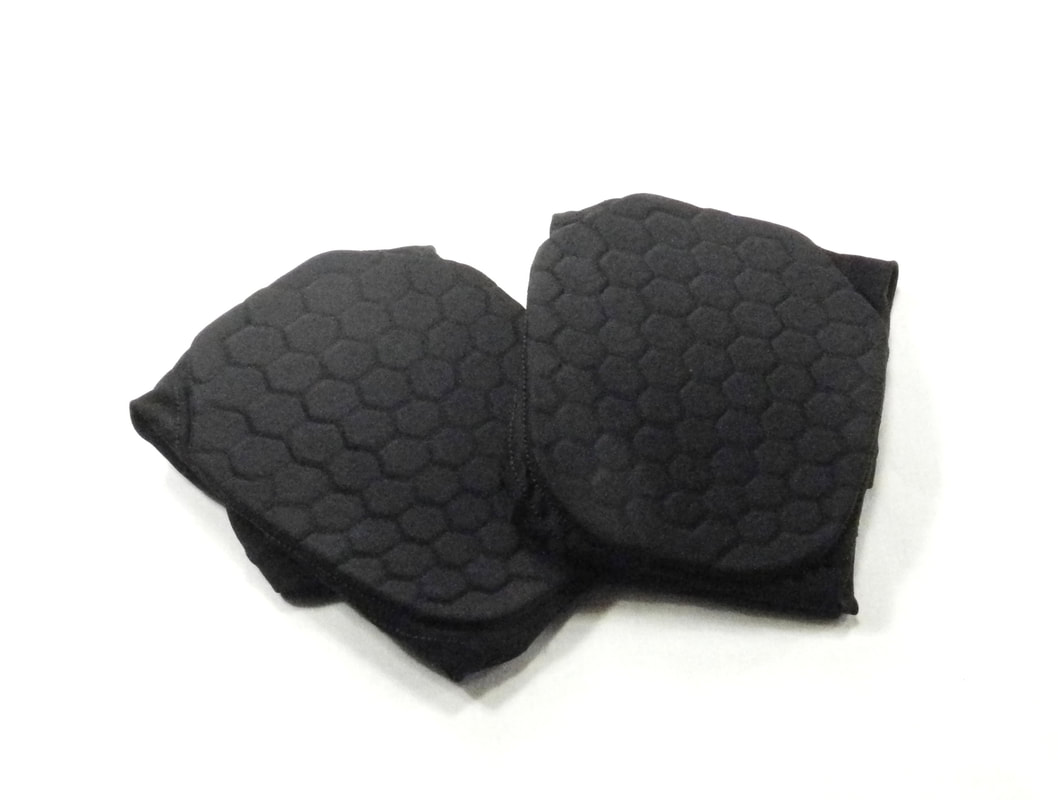

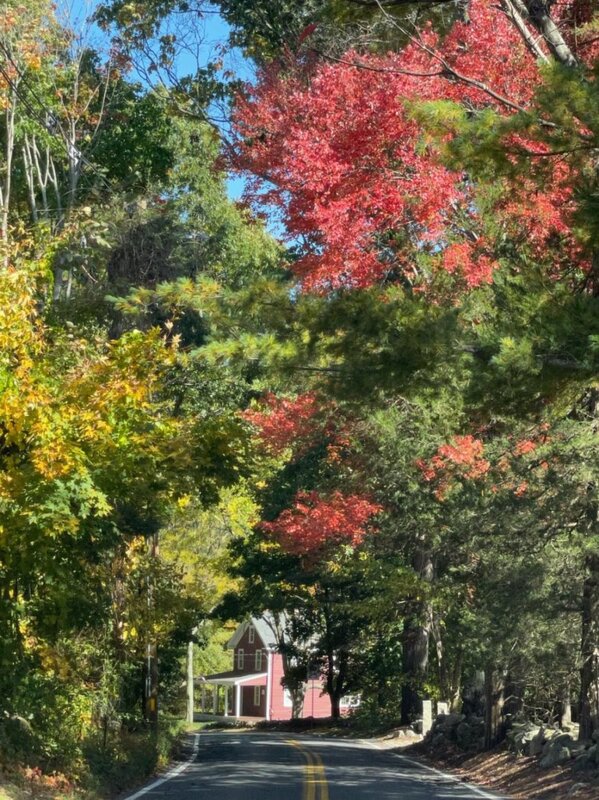
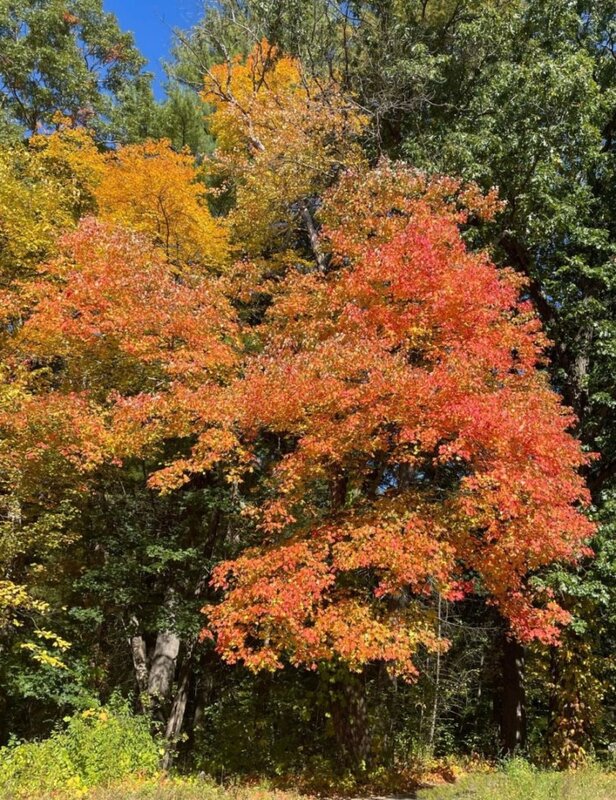
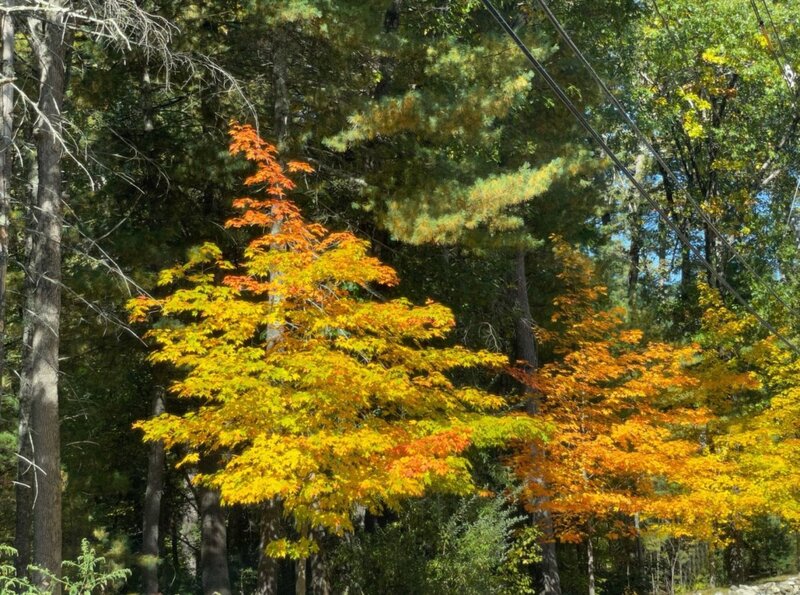
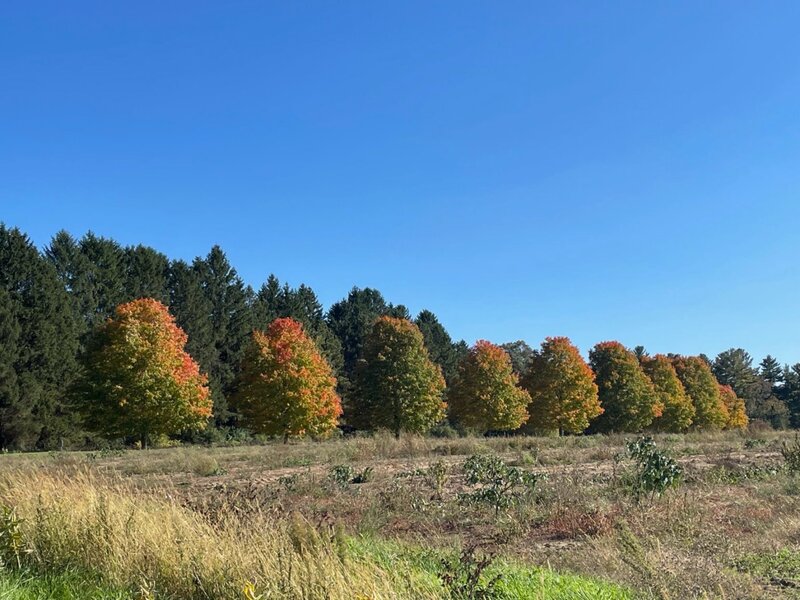
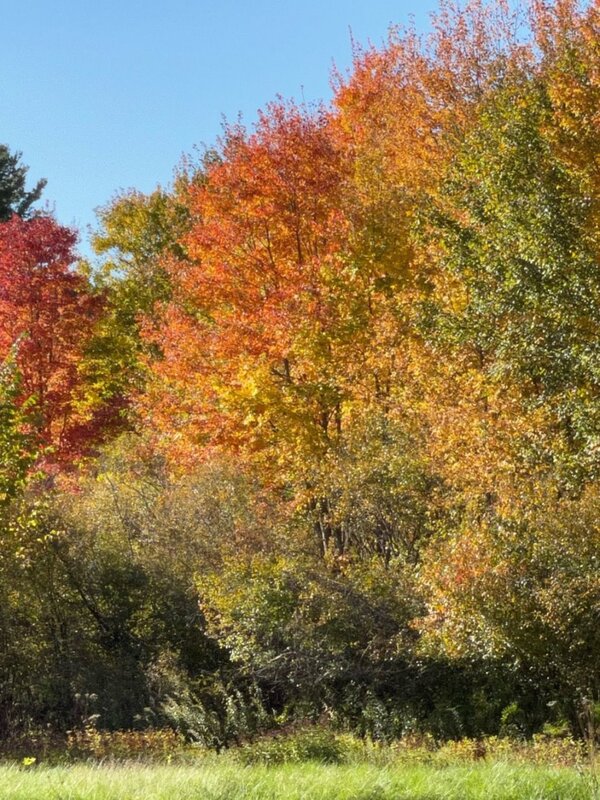
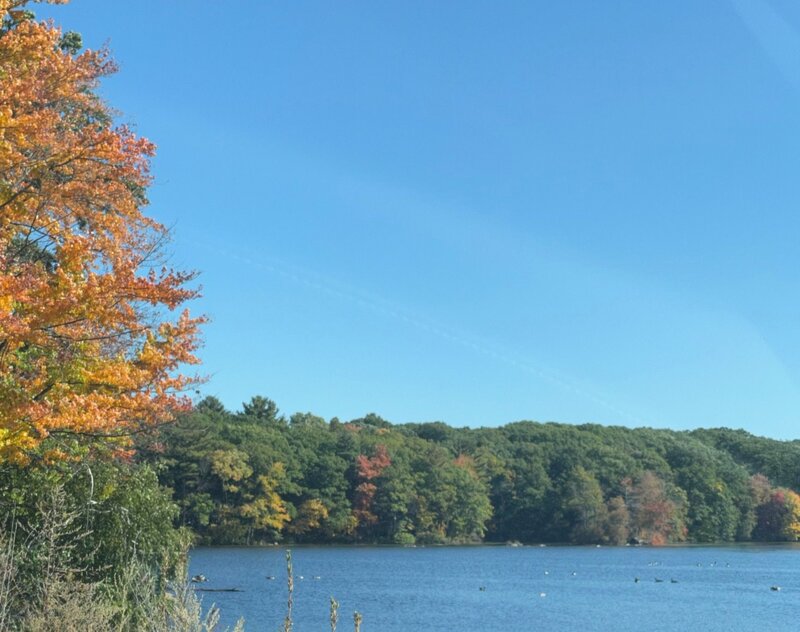
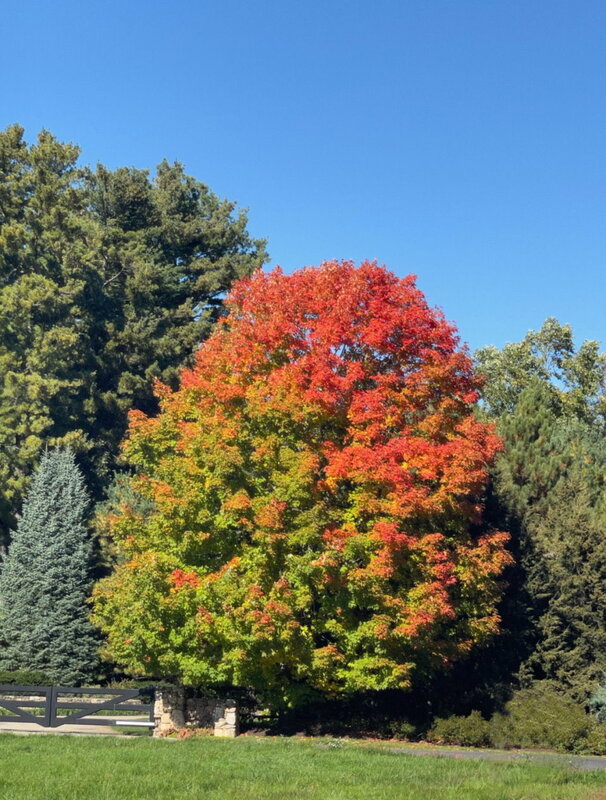
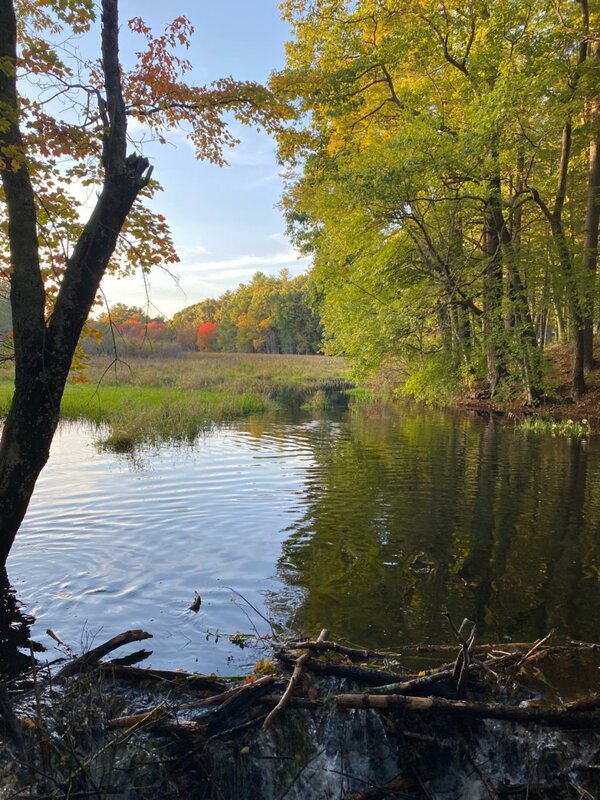
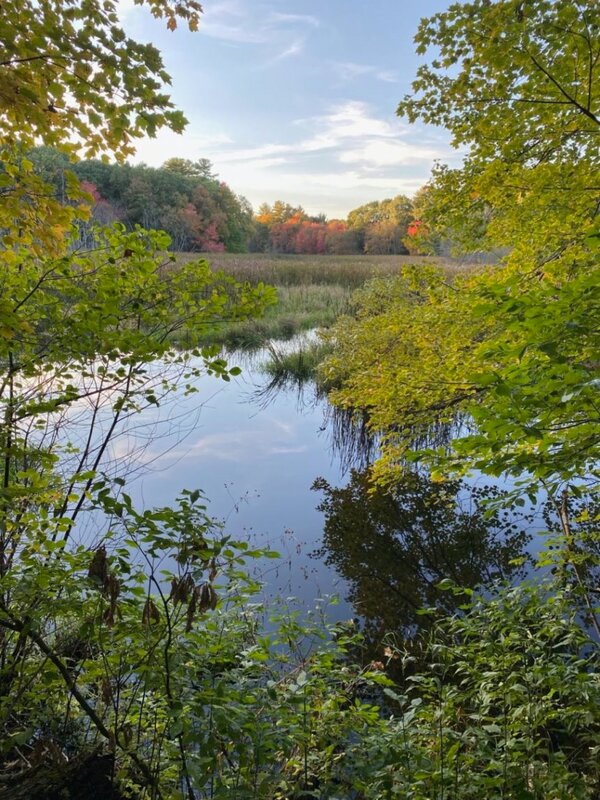
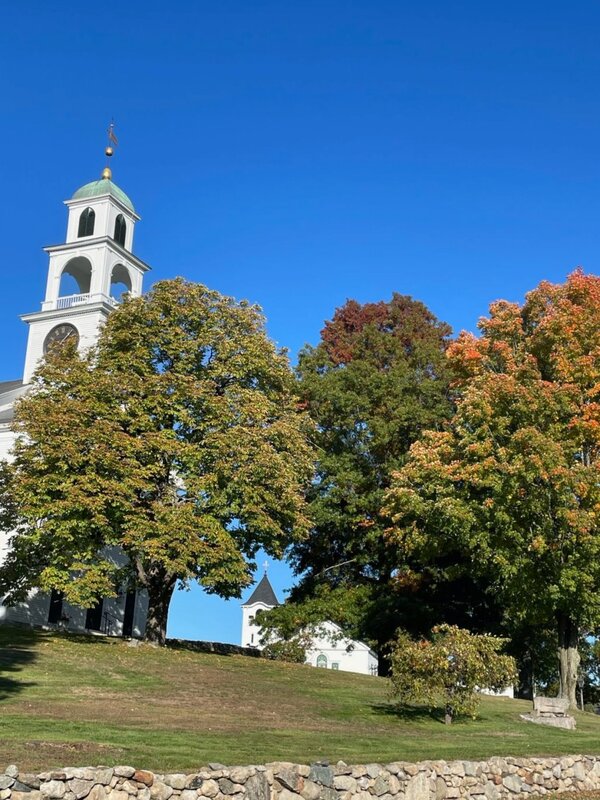
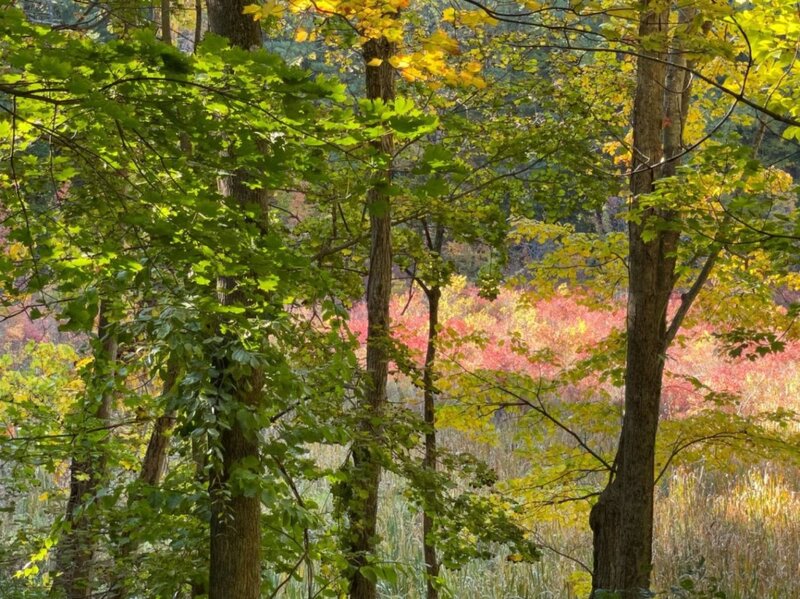
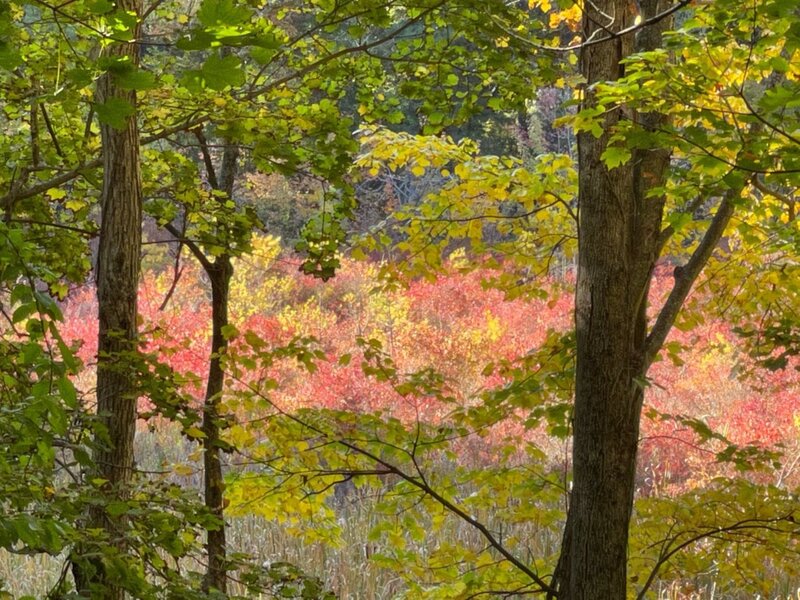
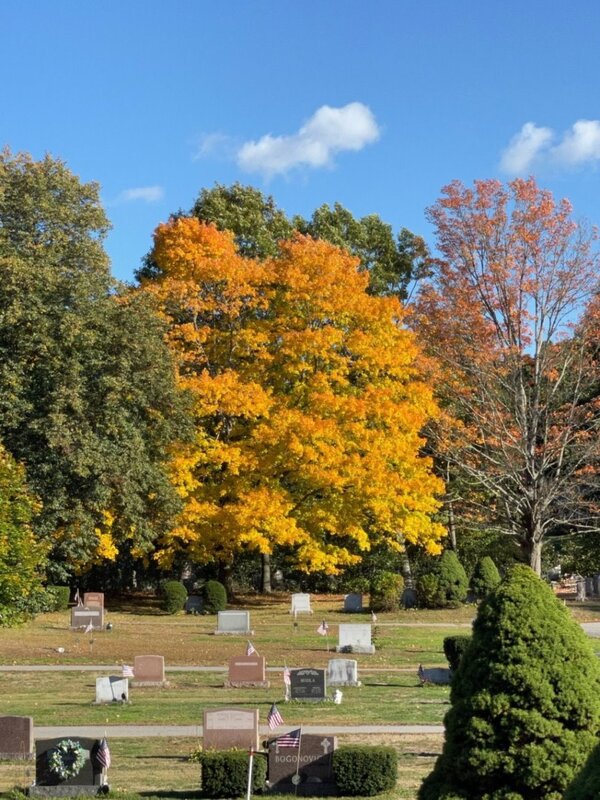
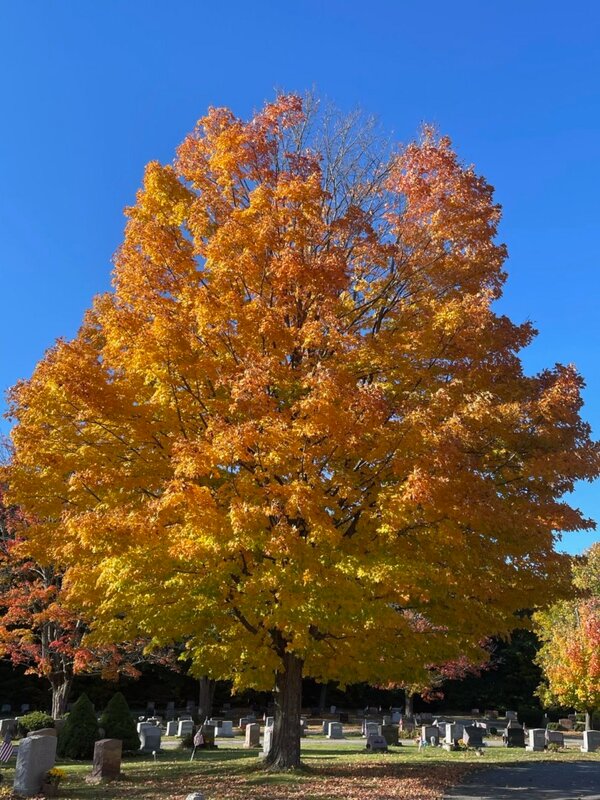
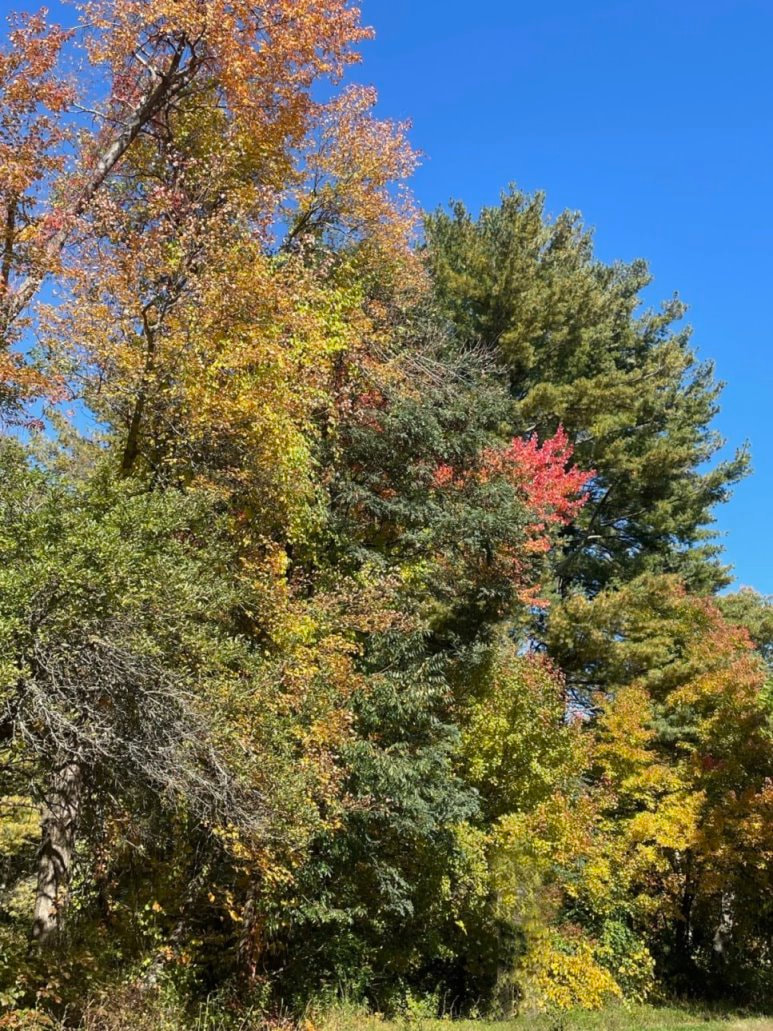
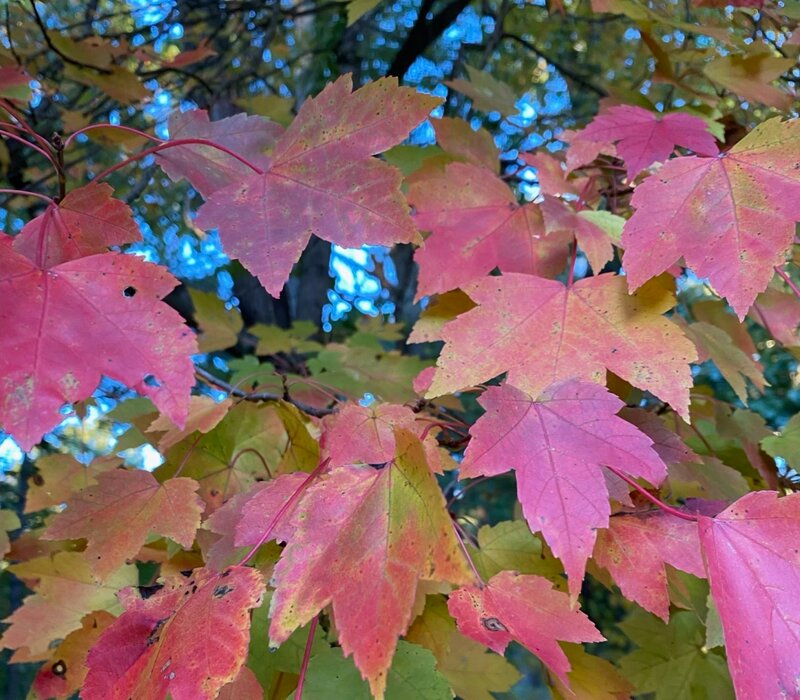
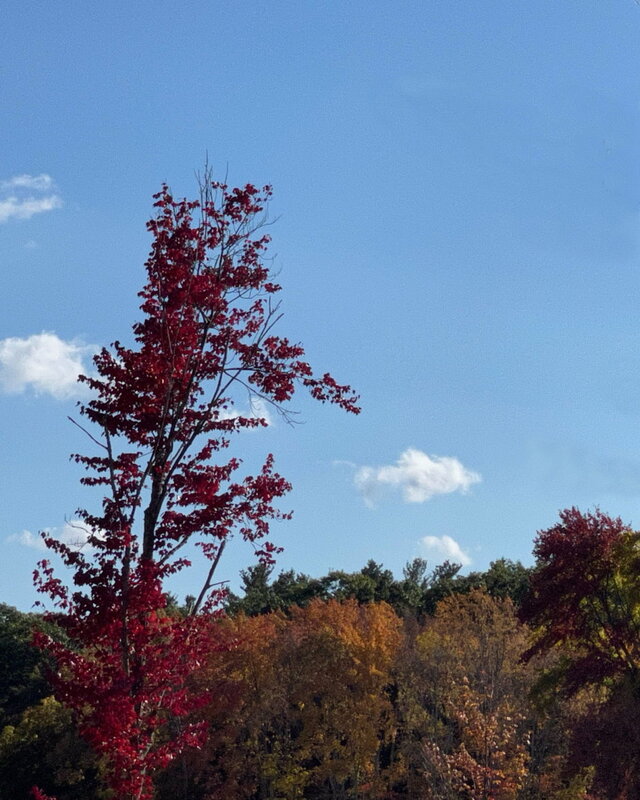
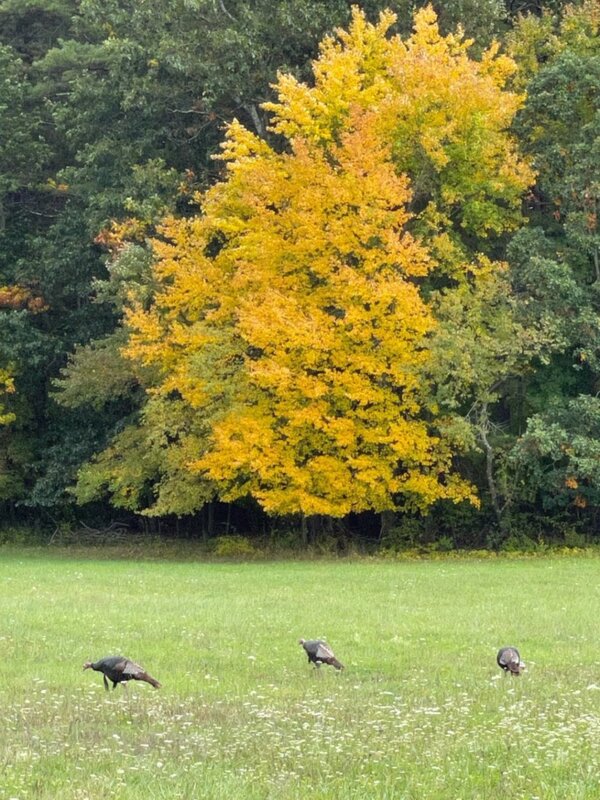
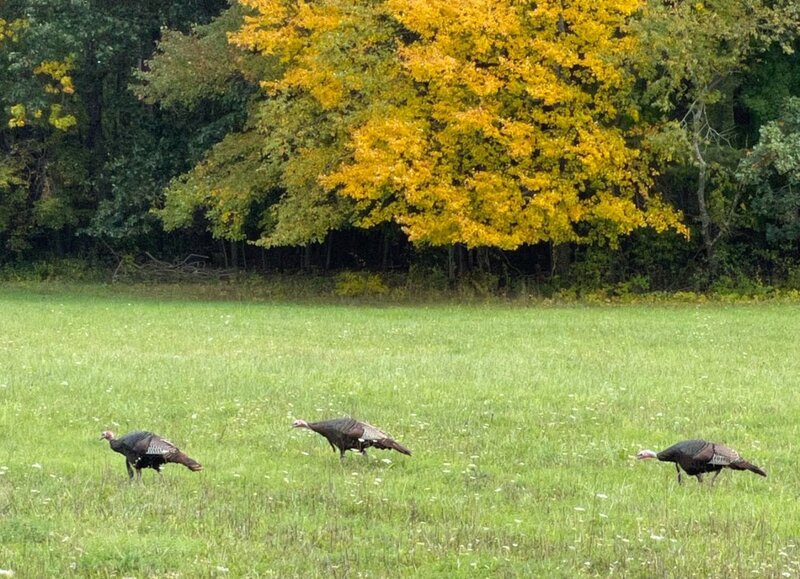
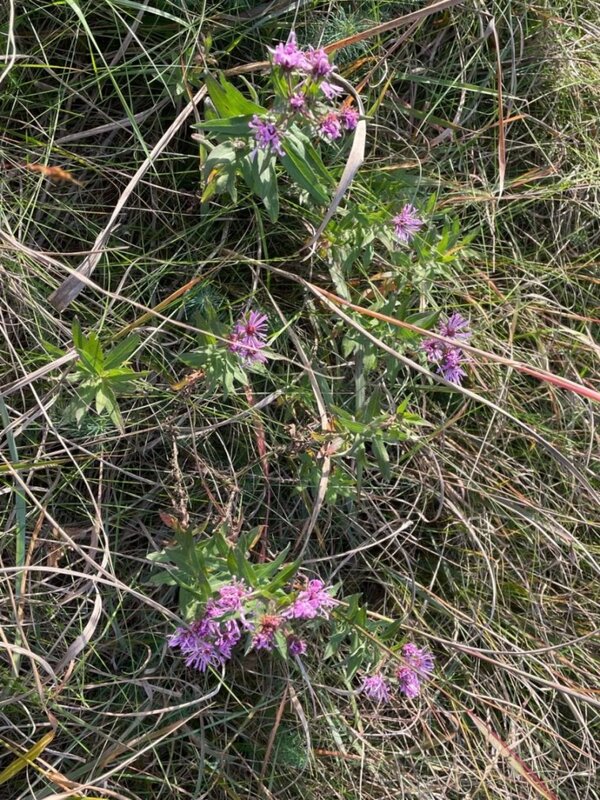
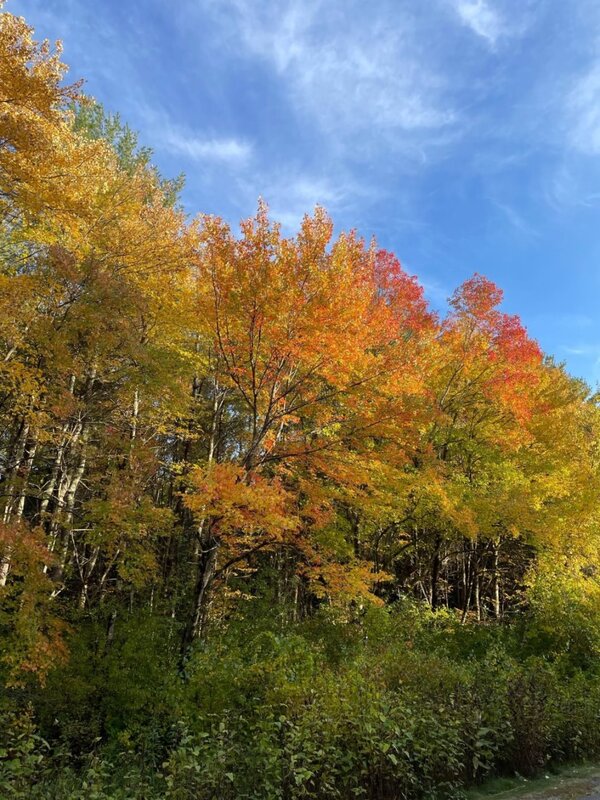
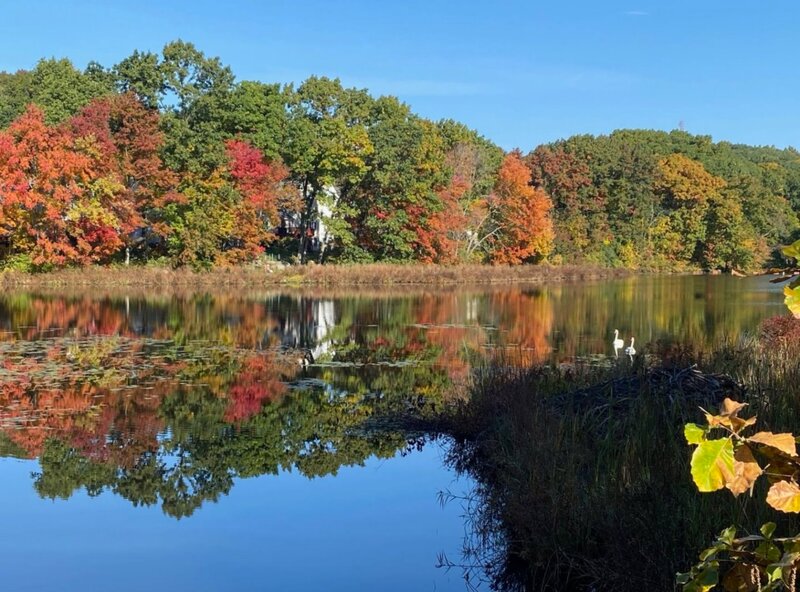
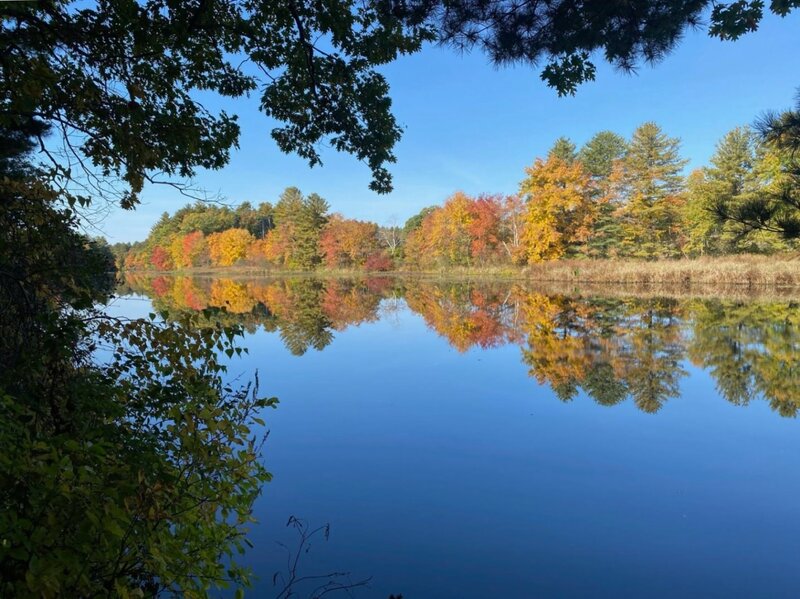
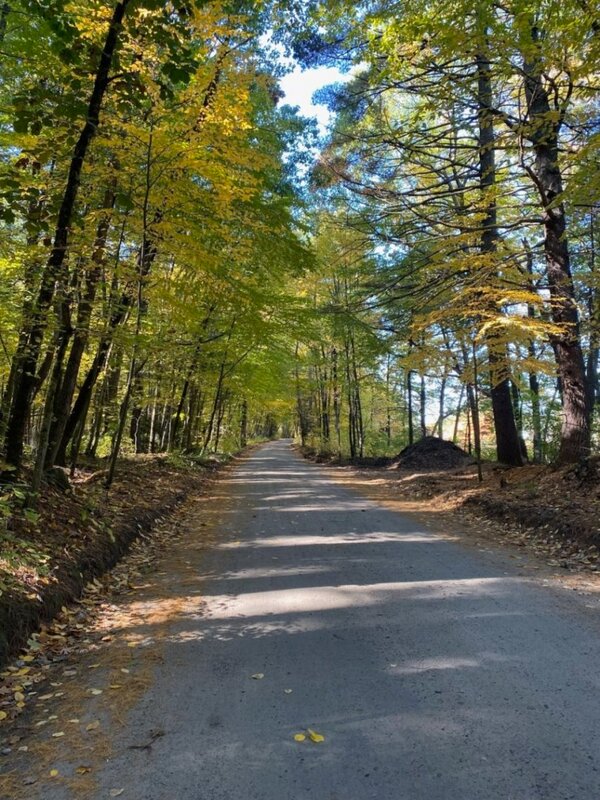
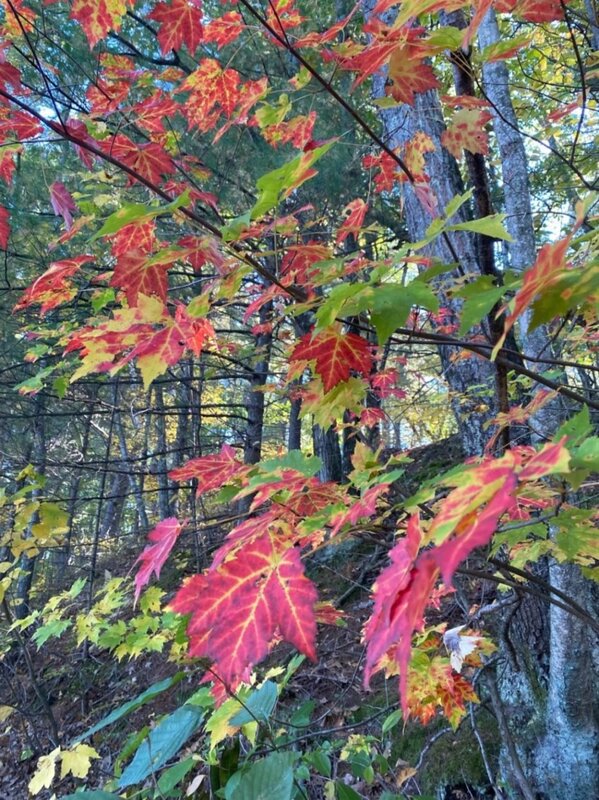
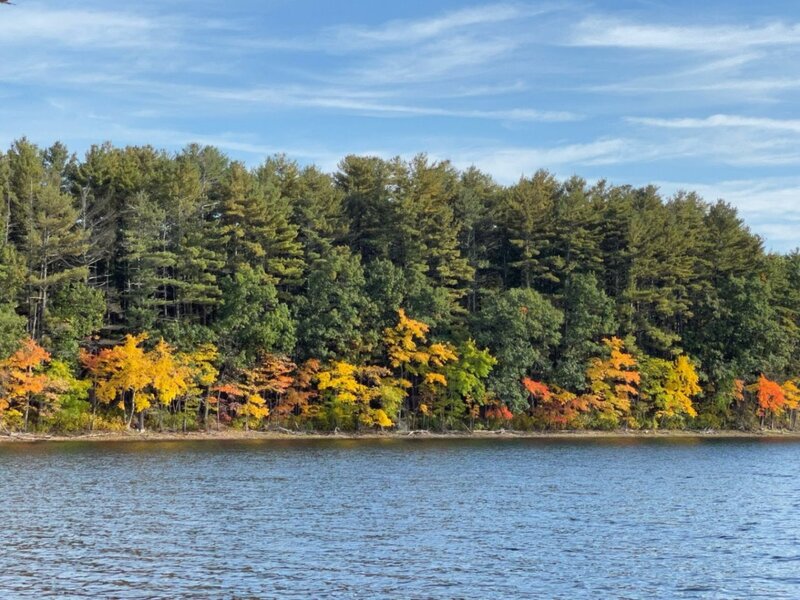
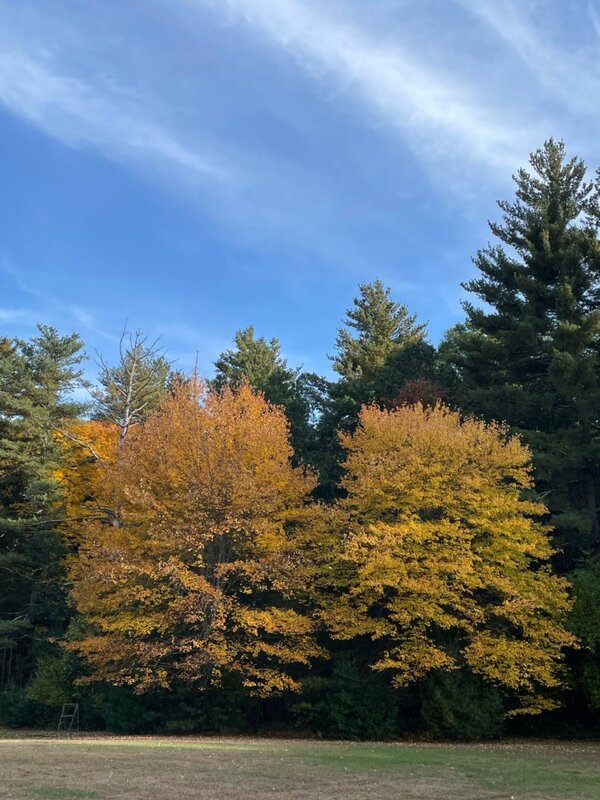
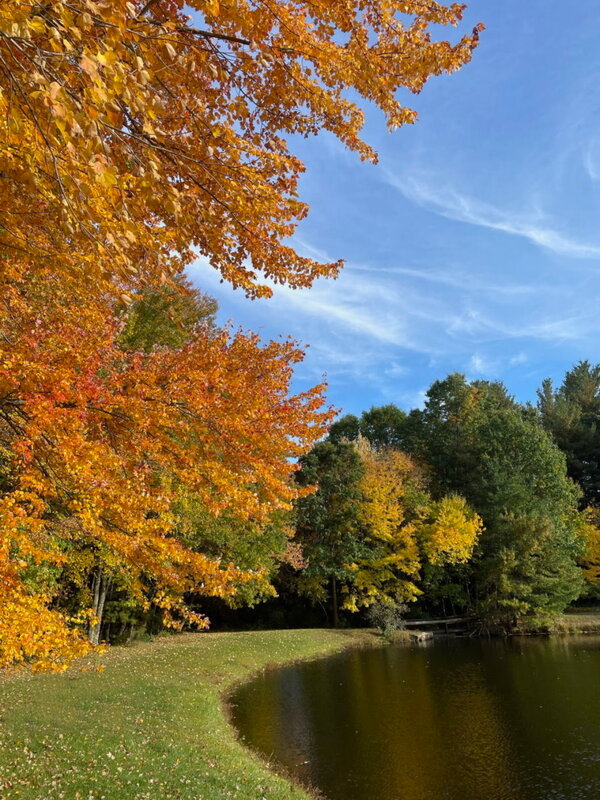
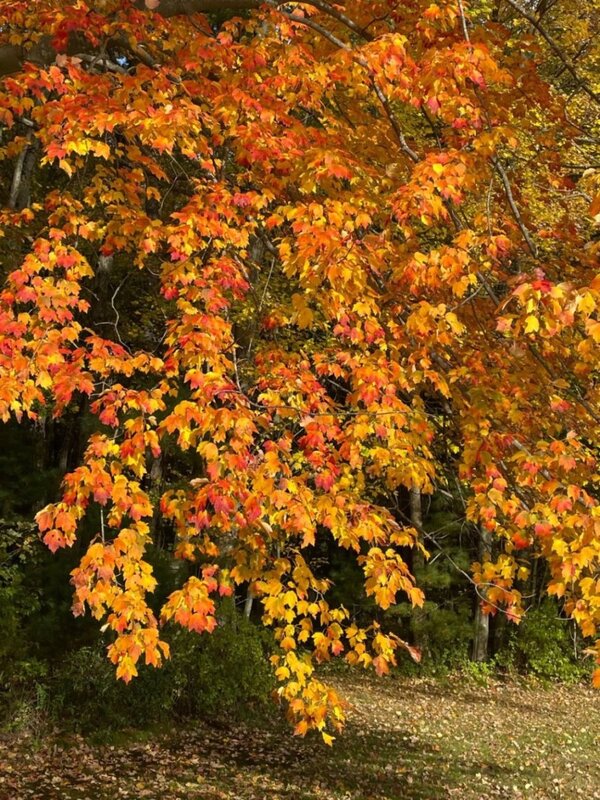
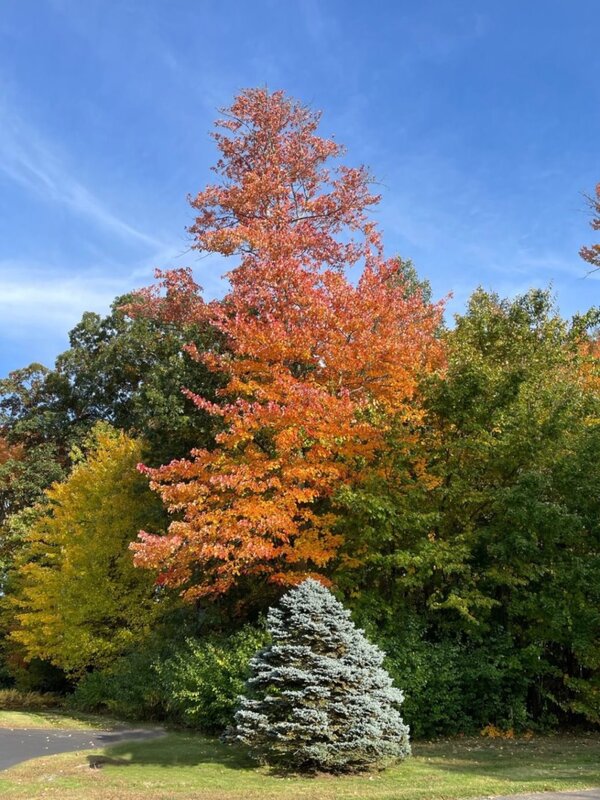
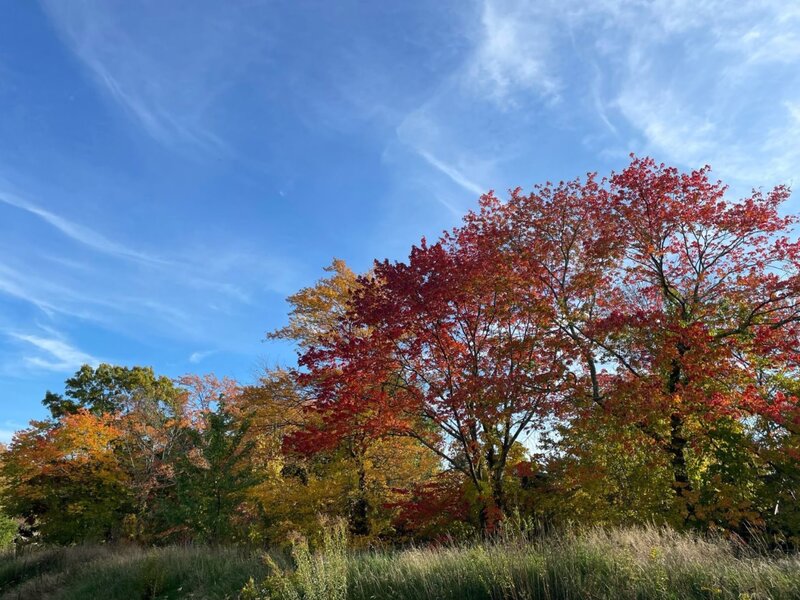
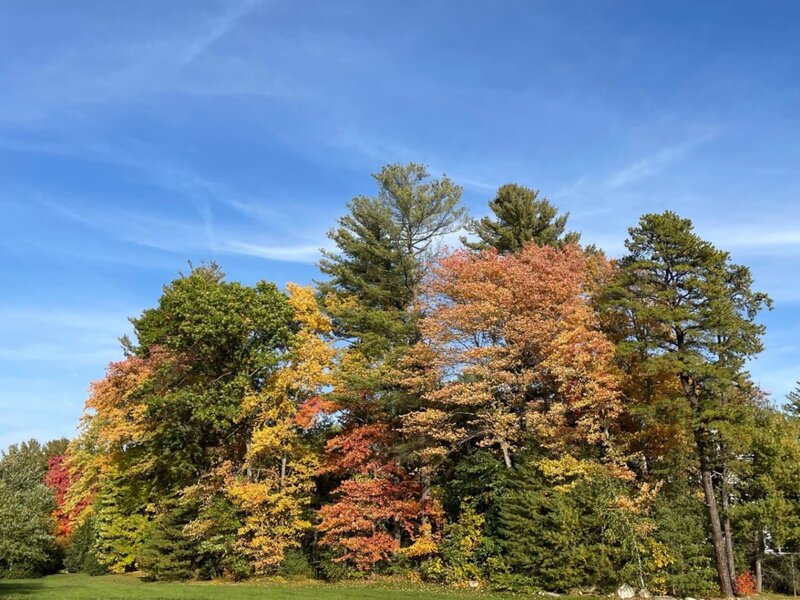
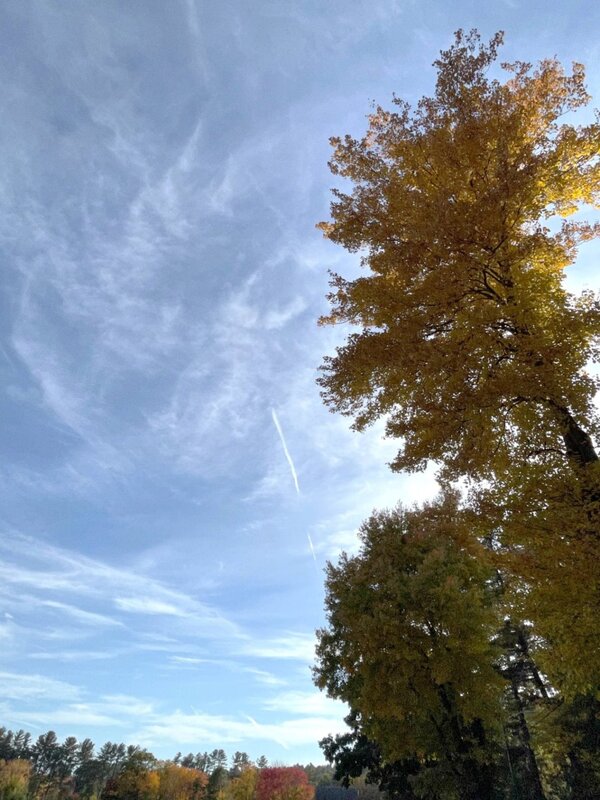
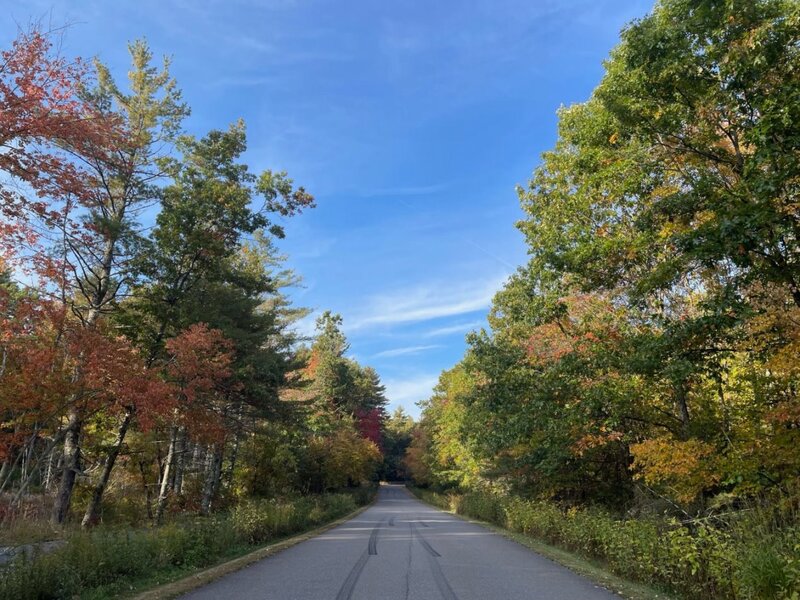
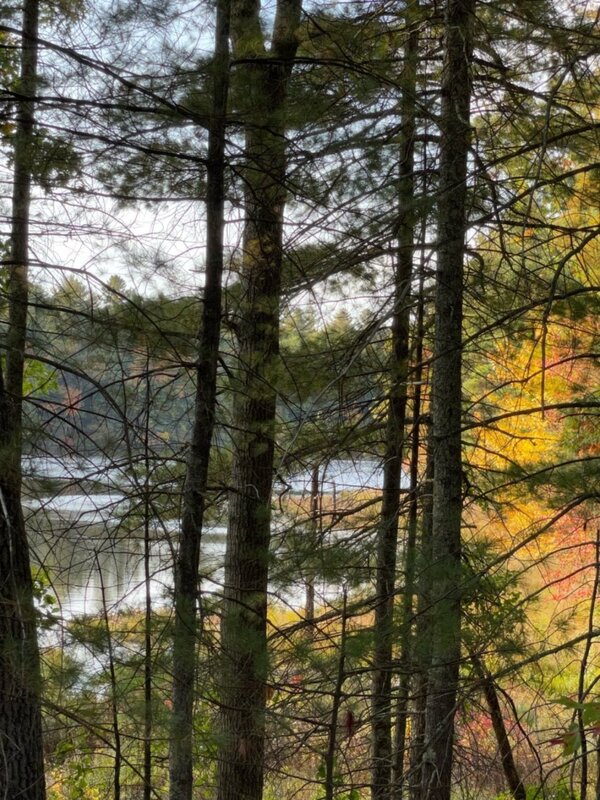
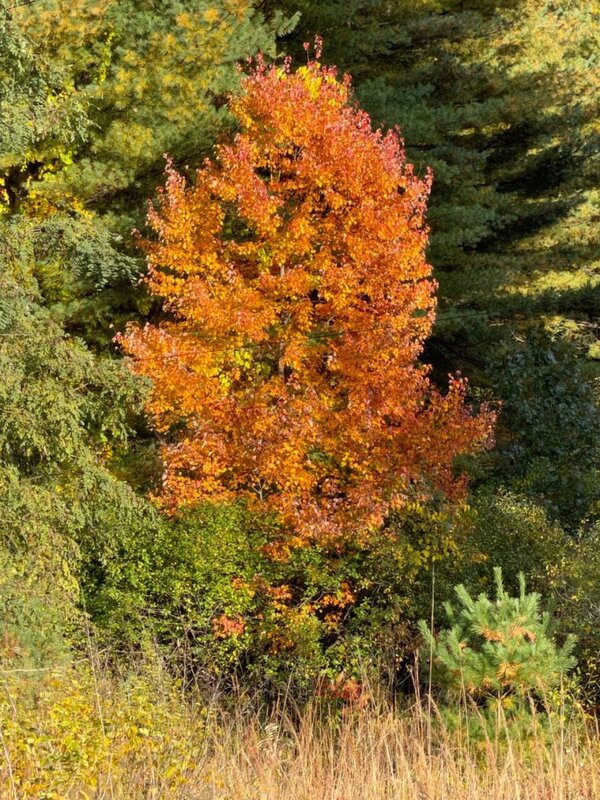
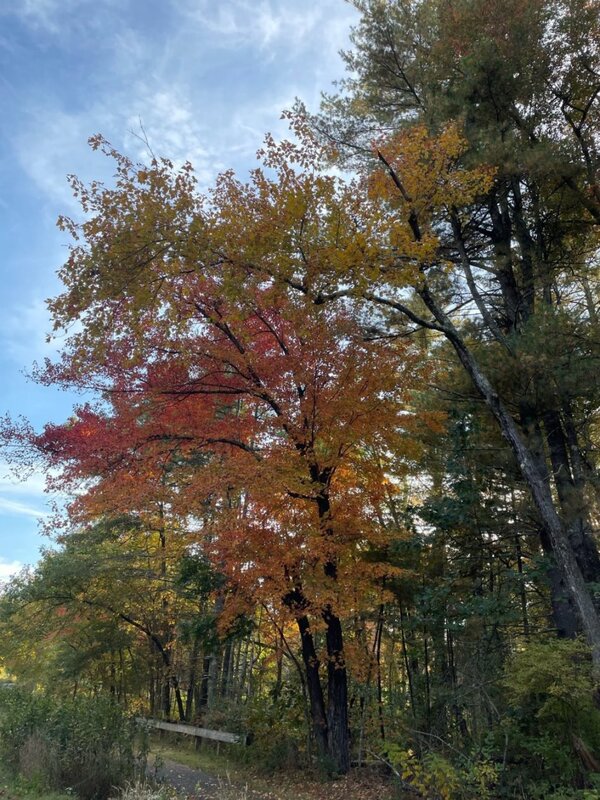
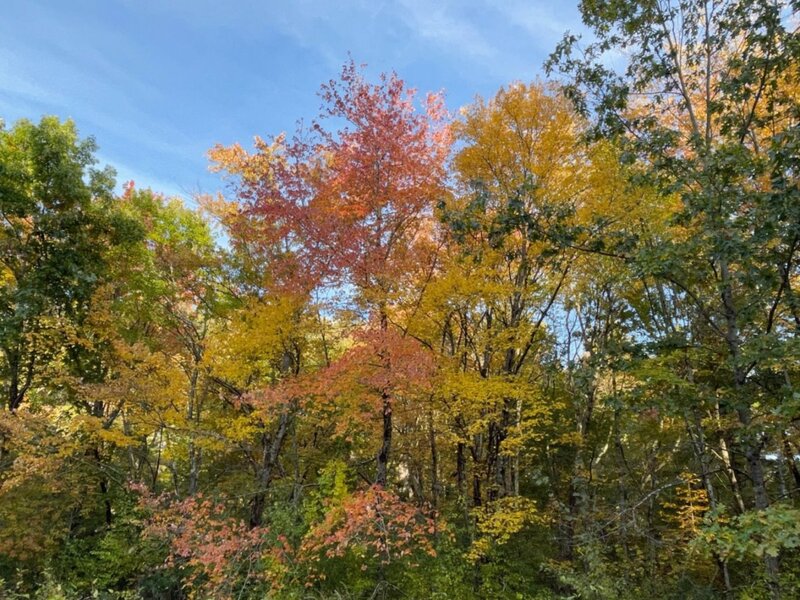
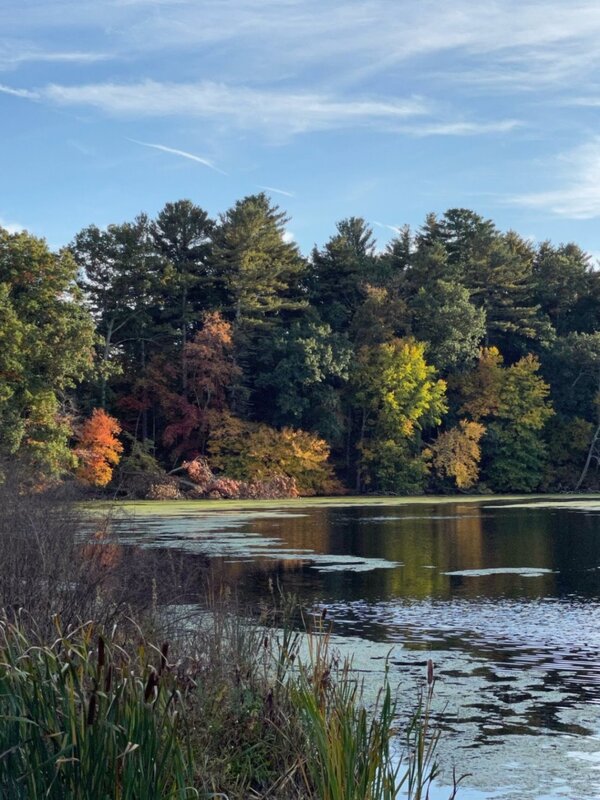
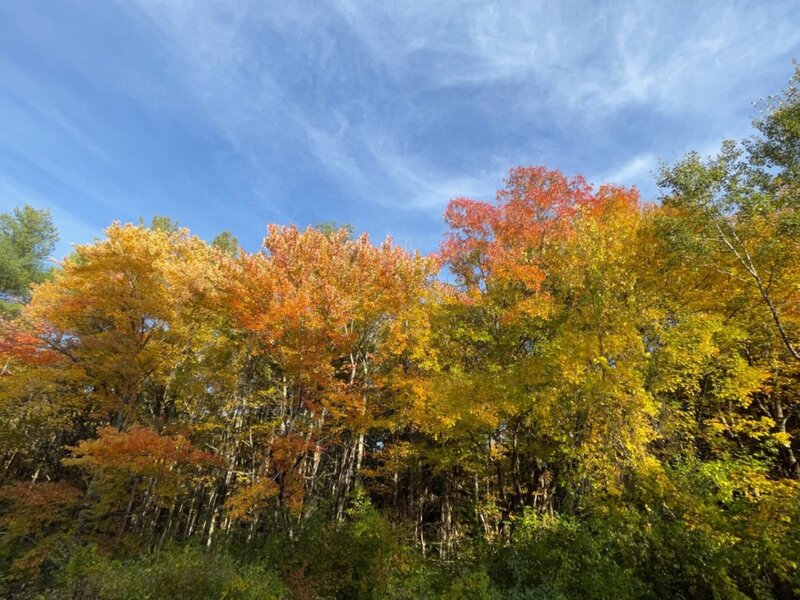
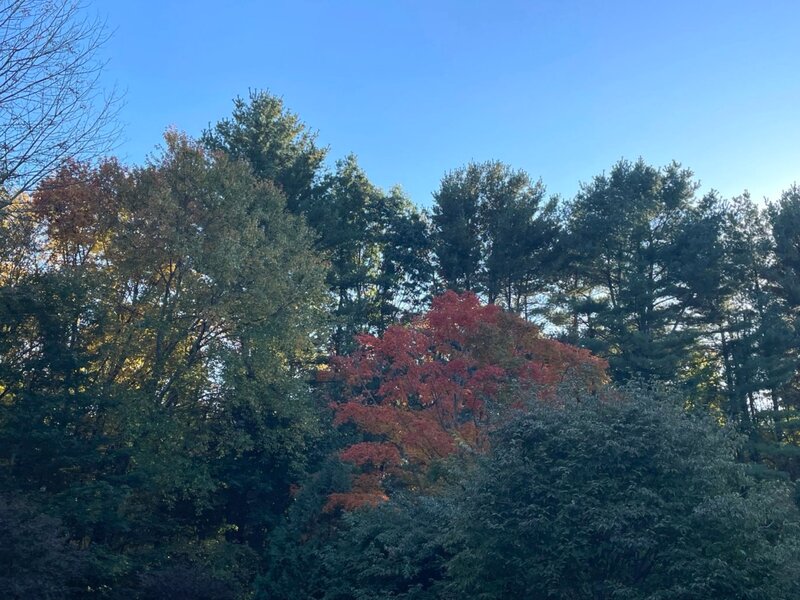
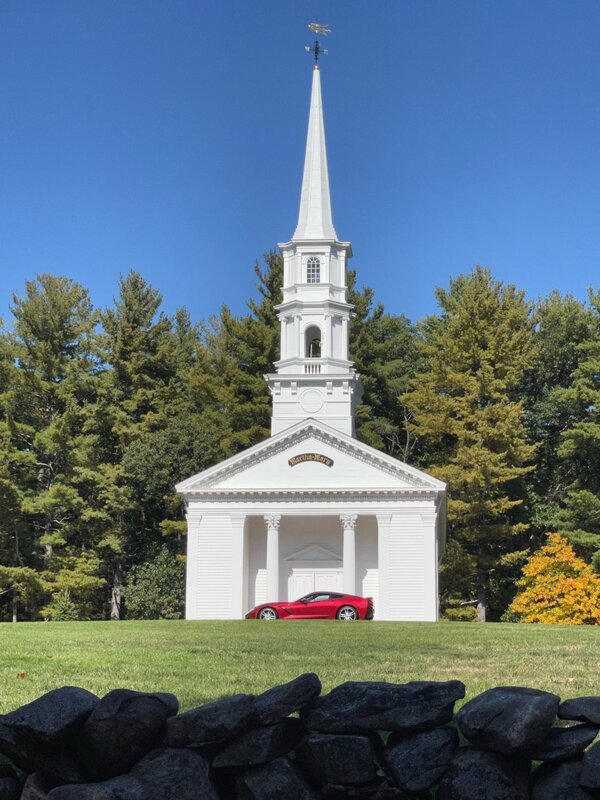
 RSS Feed
RSS Feed